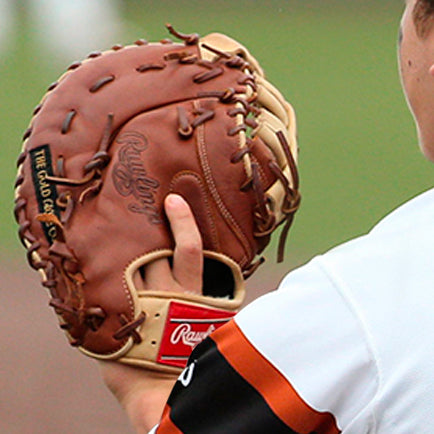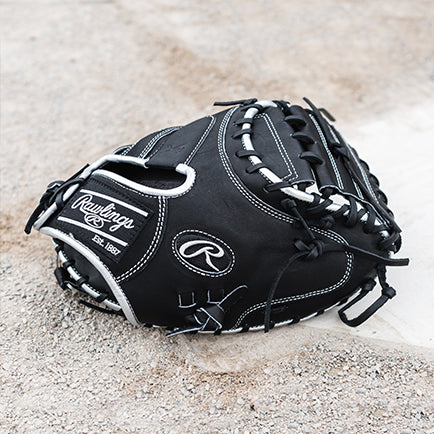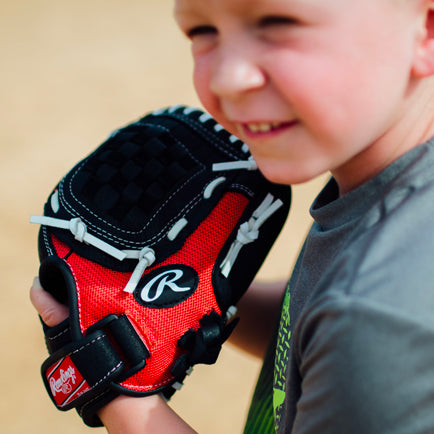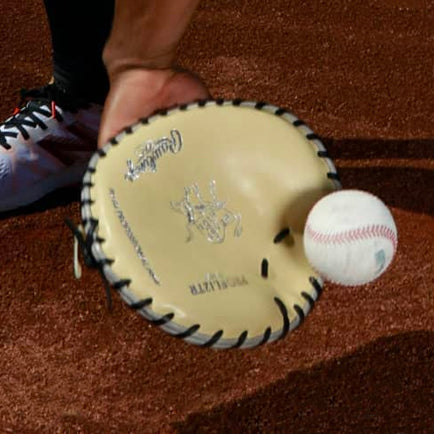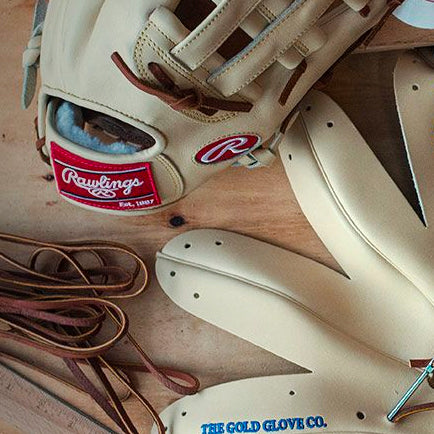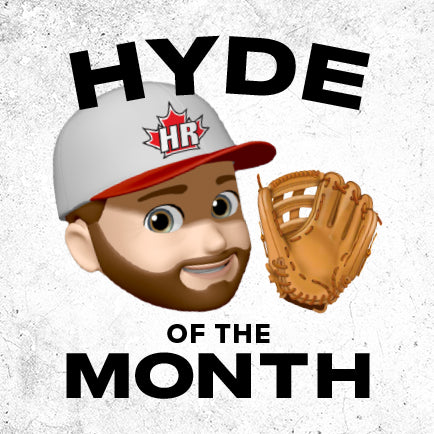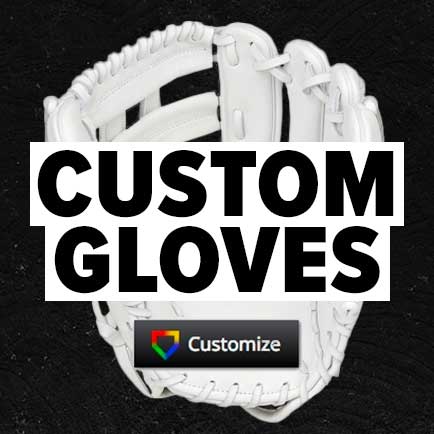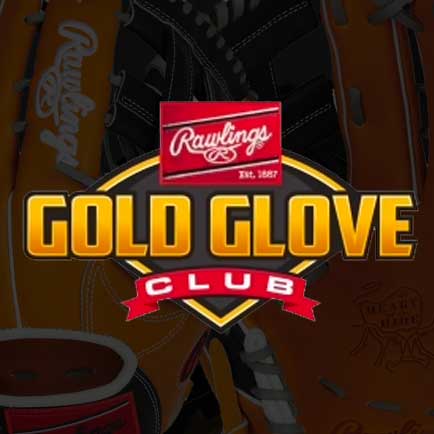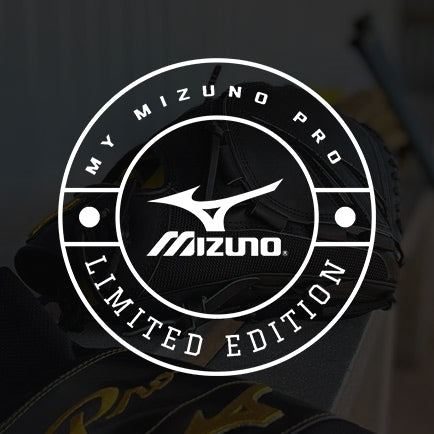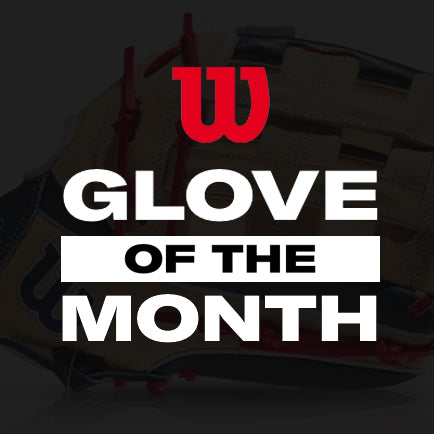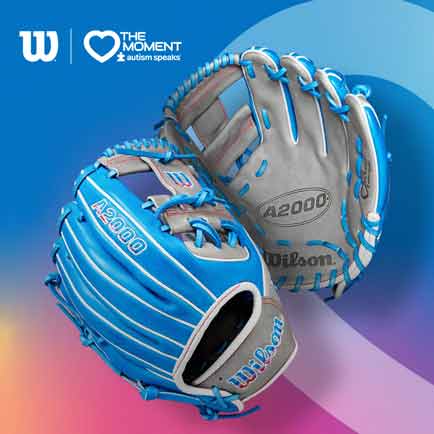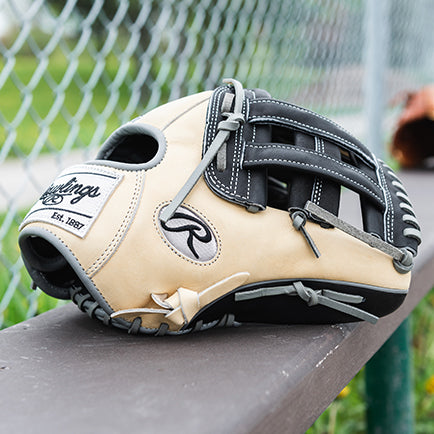

Baseball Gloves
Browse By Collection
327 Products
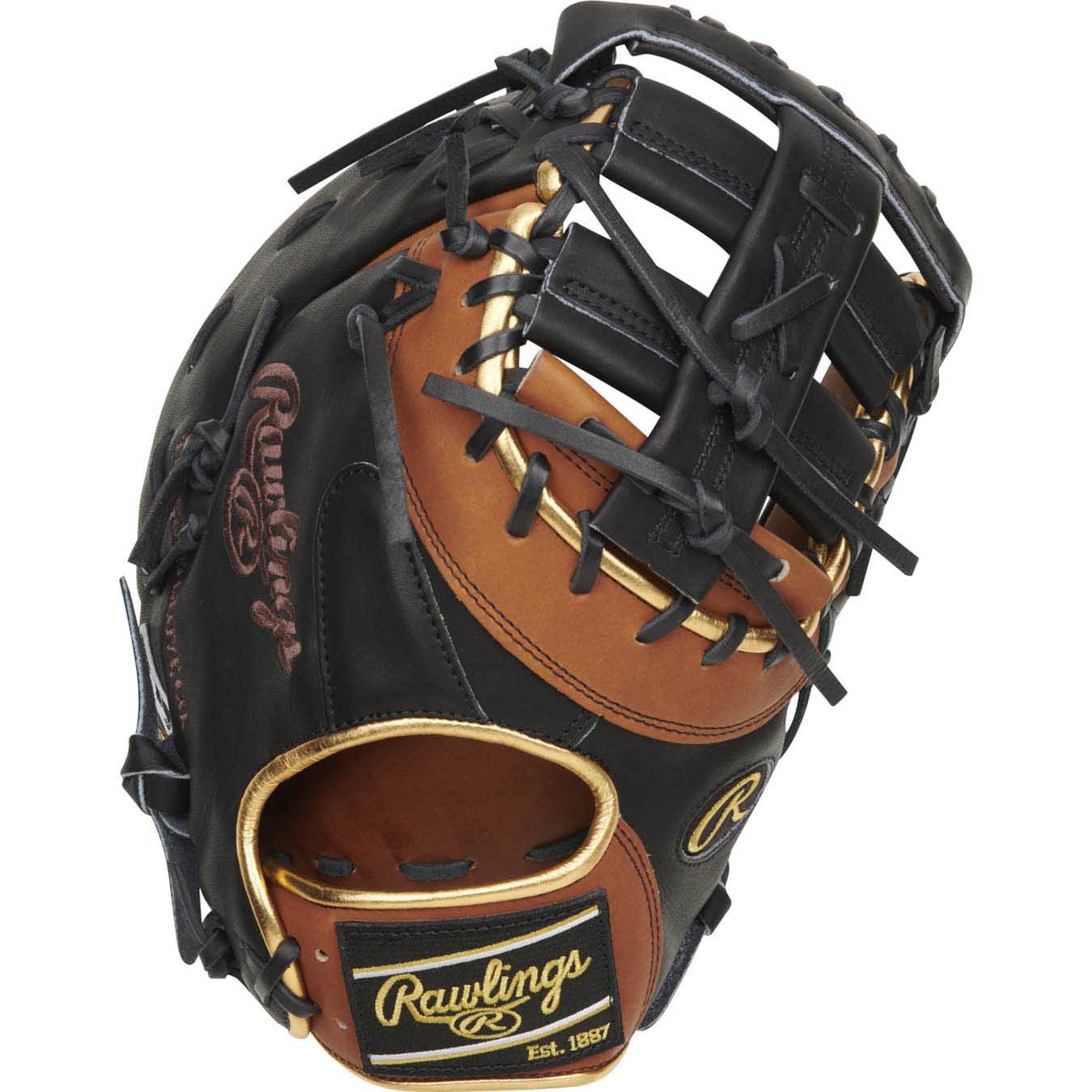
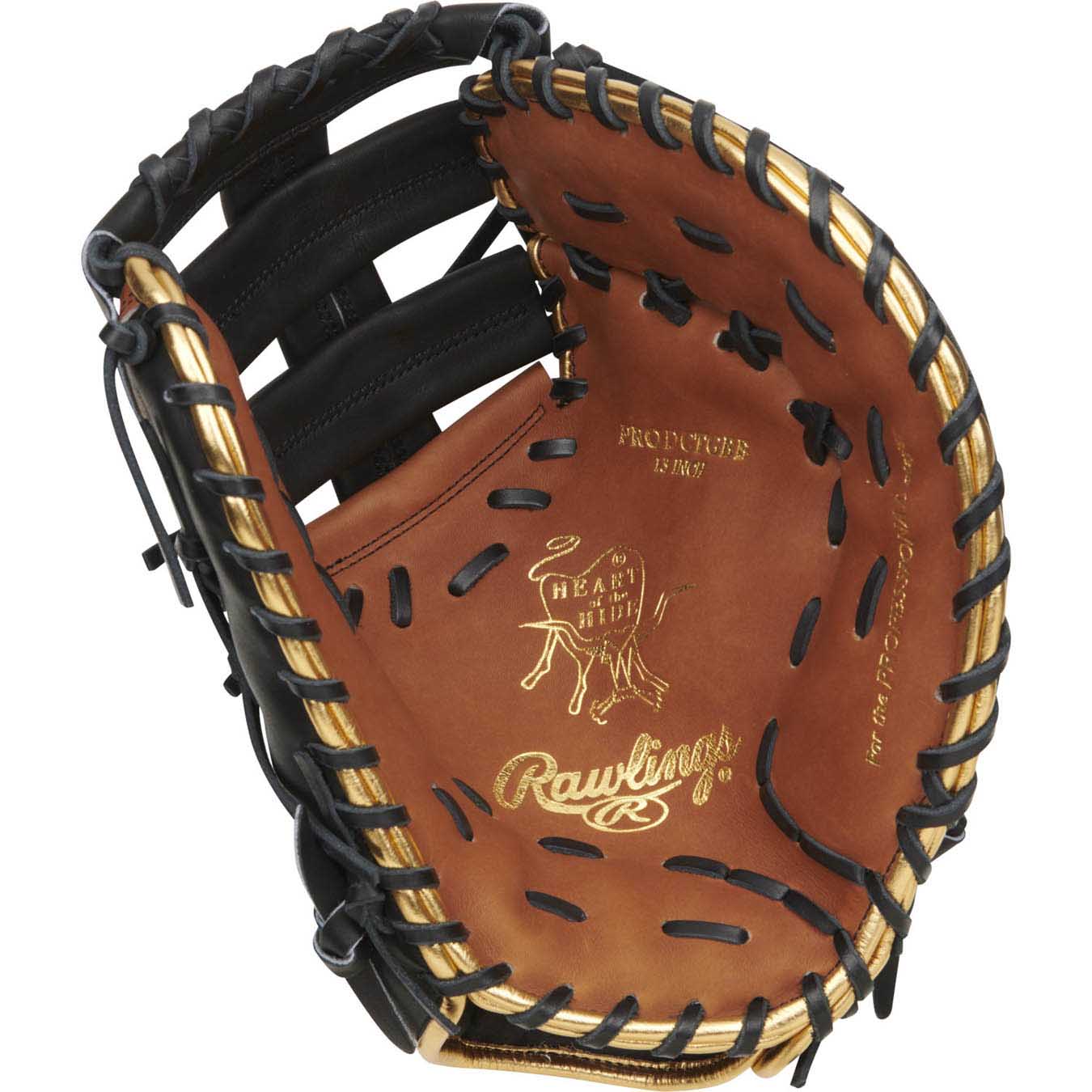
Rawlings Heart of the Hide ColorSync 8.0 RPRODCTGBB 13"
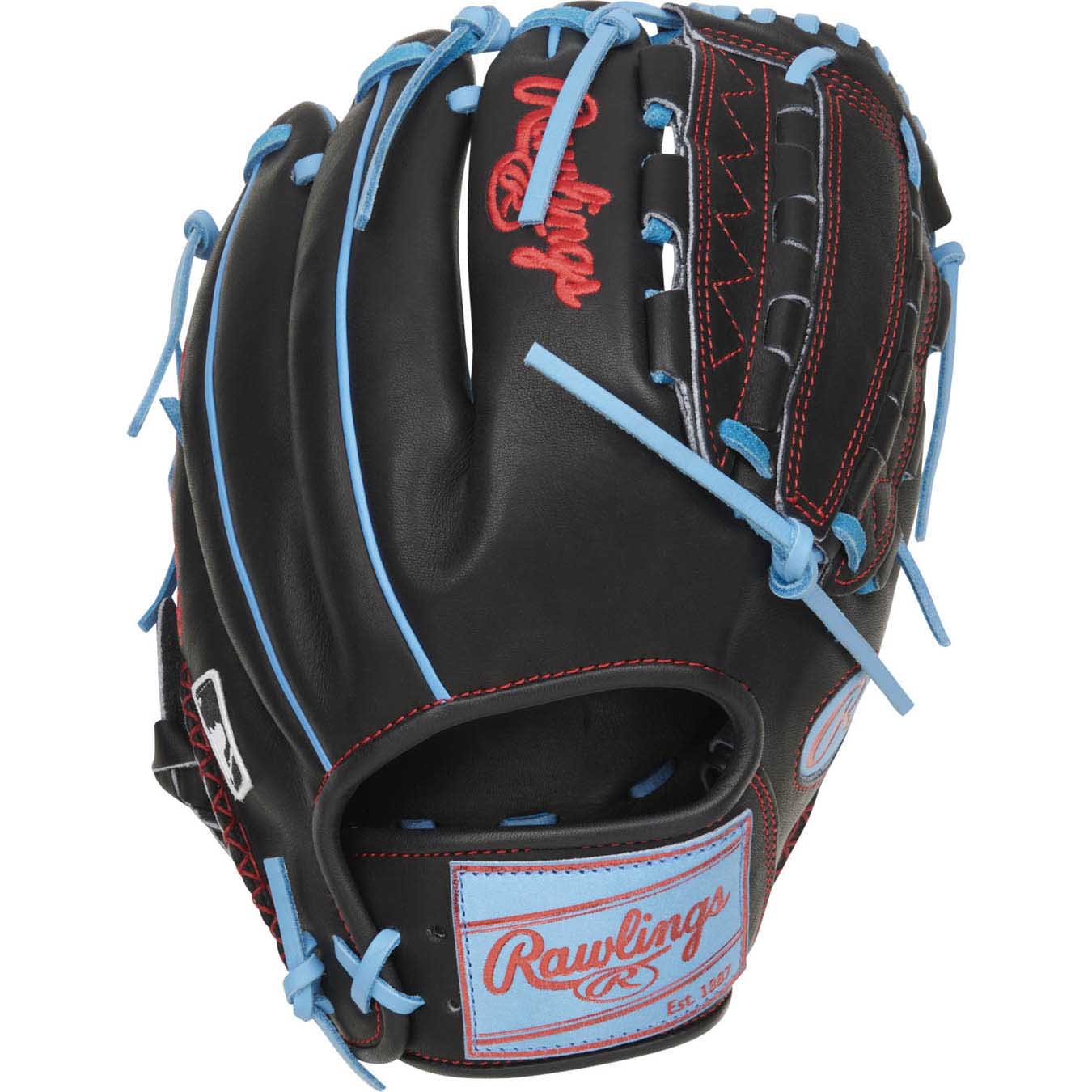
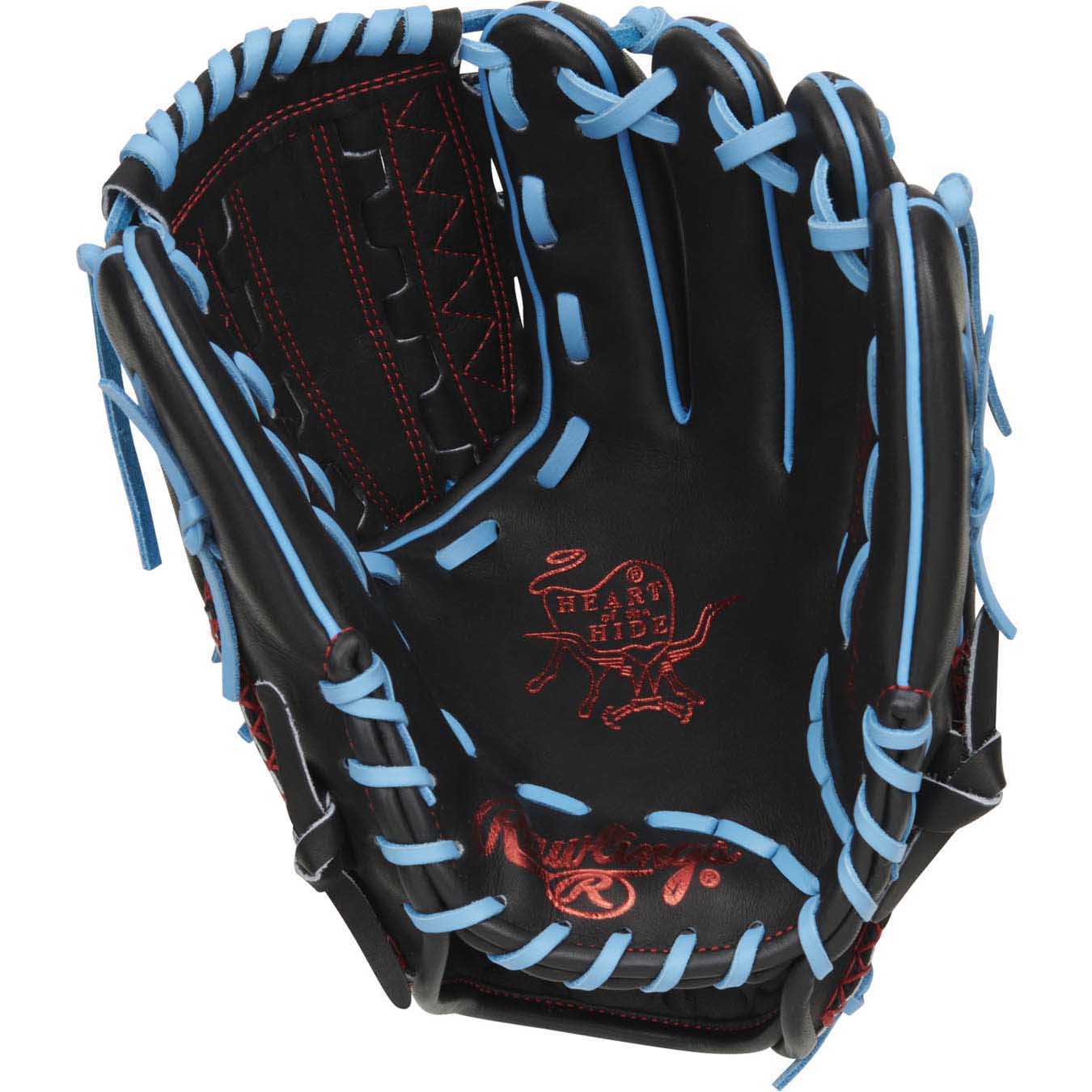
Rawlings Heart of the Hide ColorSync 8.0 PRO205-12BCB 11.75"
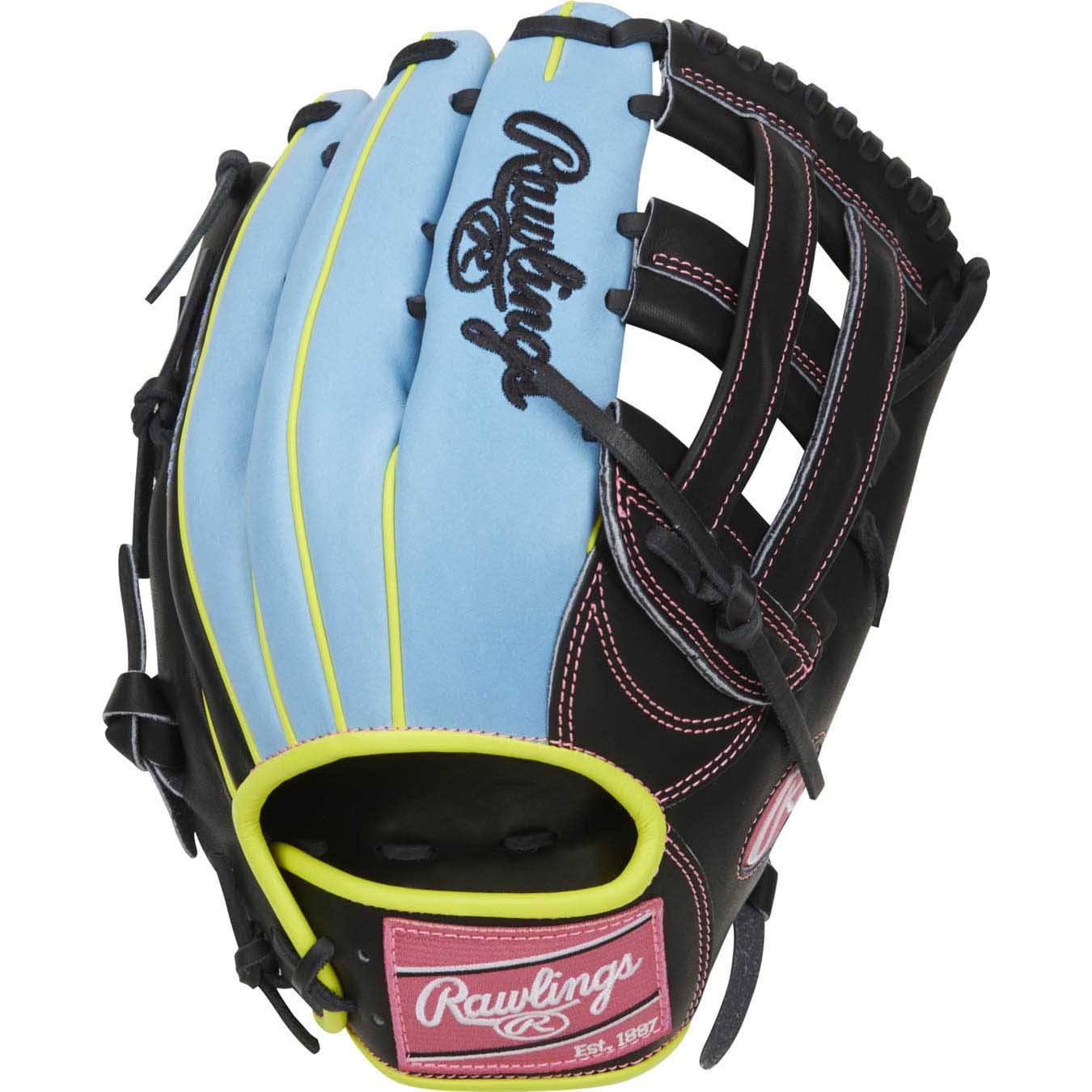
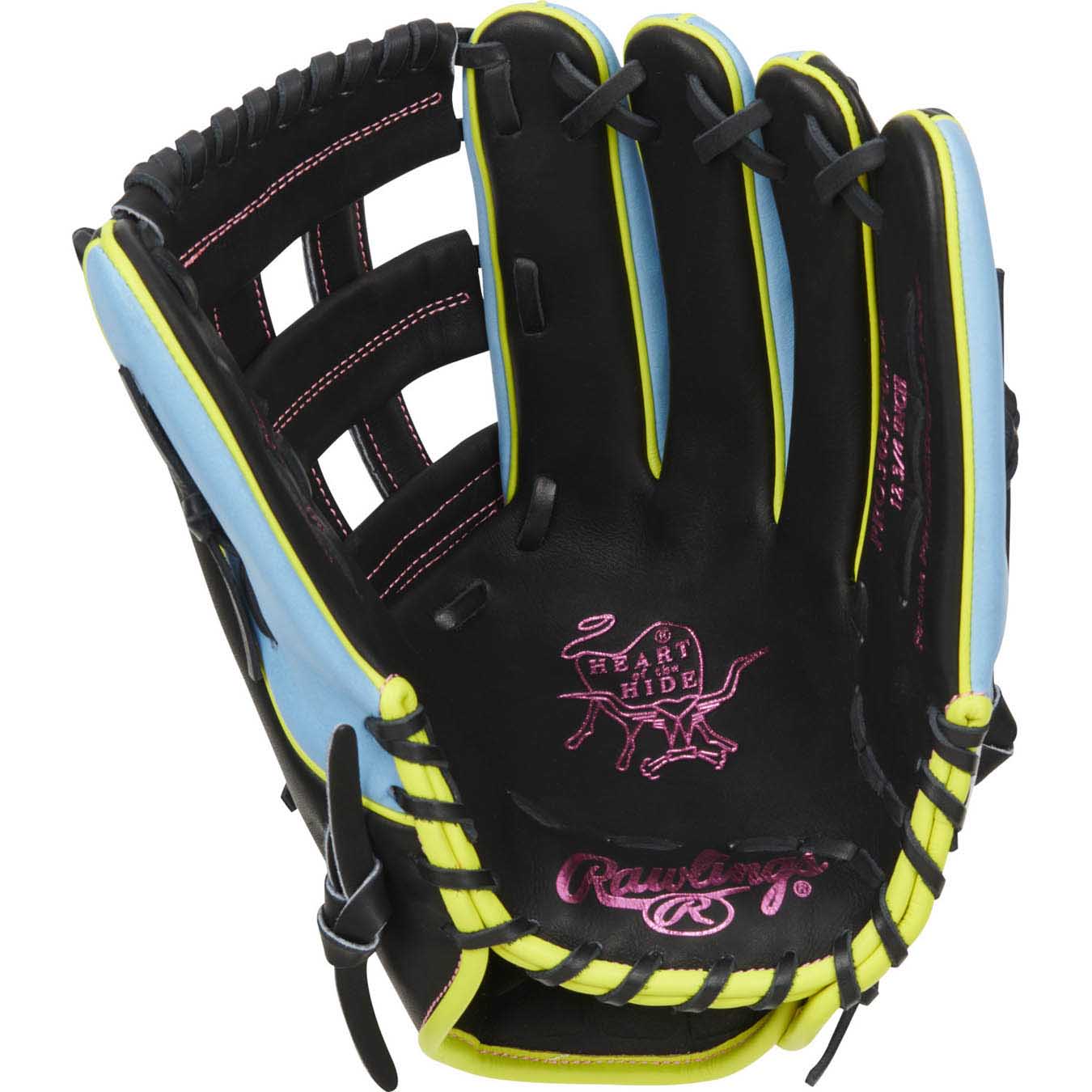
Rawlings Heart of the Hide ColorSync 8.0 RPRO3039-6BCB 12.75"
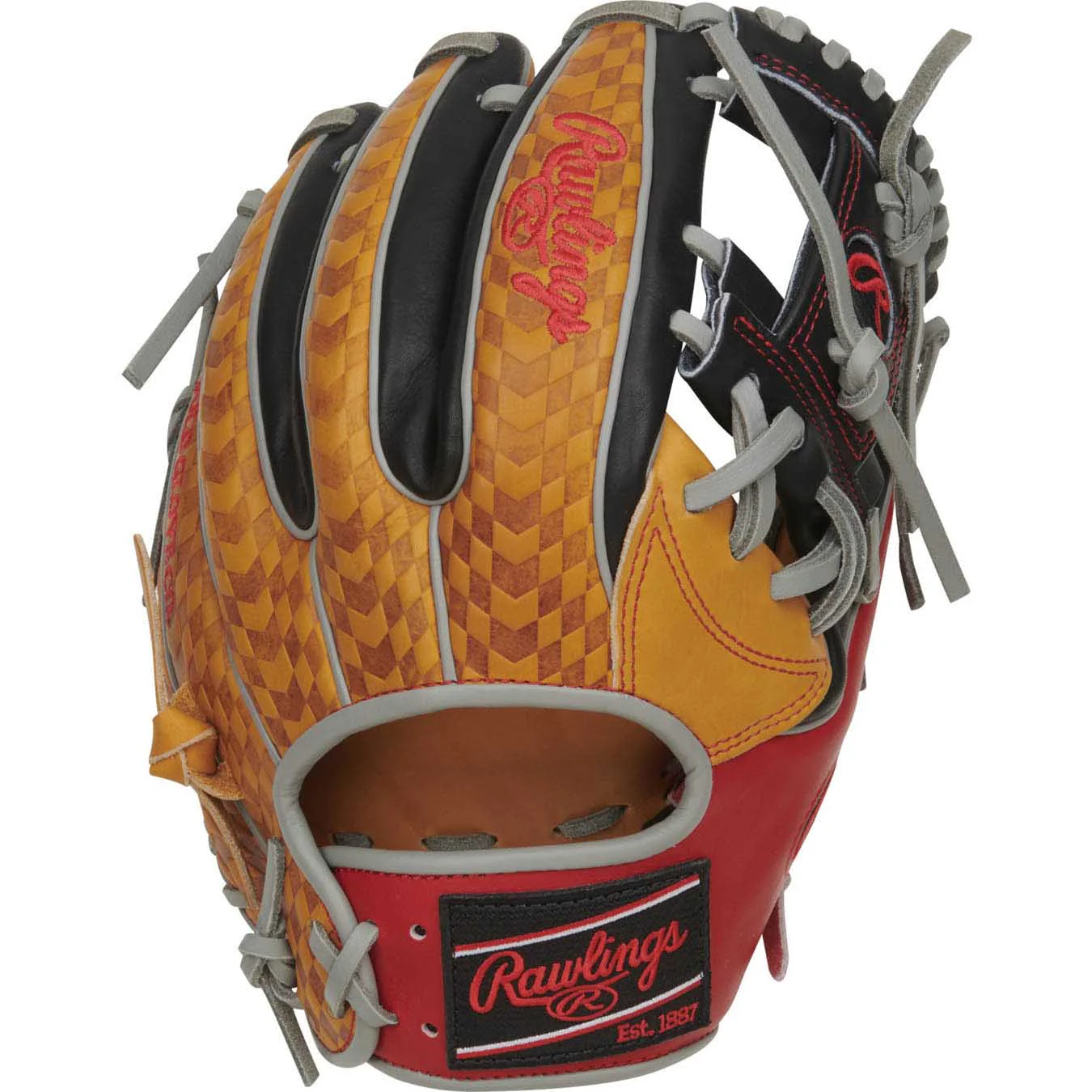
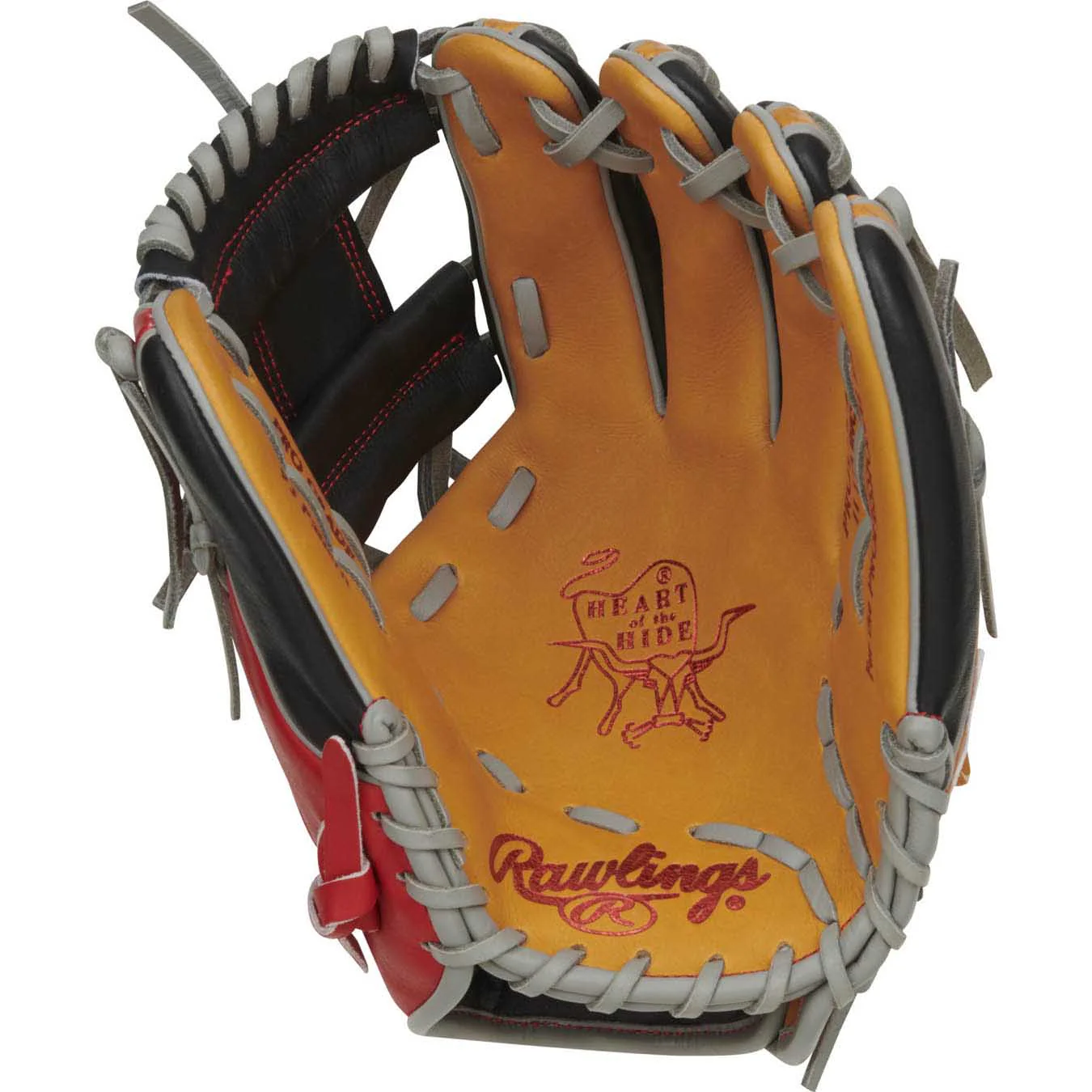
Rawlings Heart of the Hide ColorSync 8.0 RPRO934-2TS 11.5"-RHT
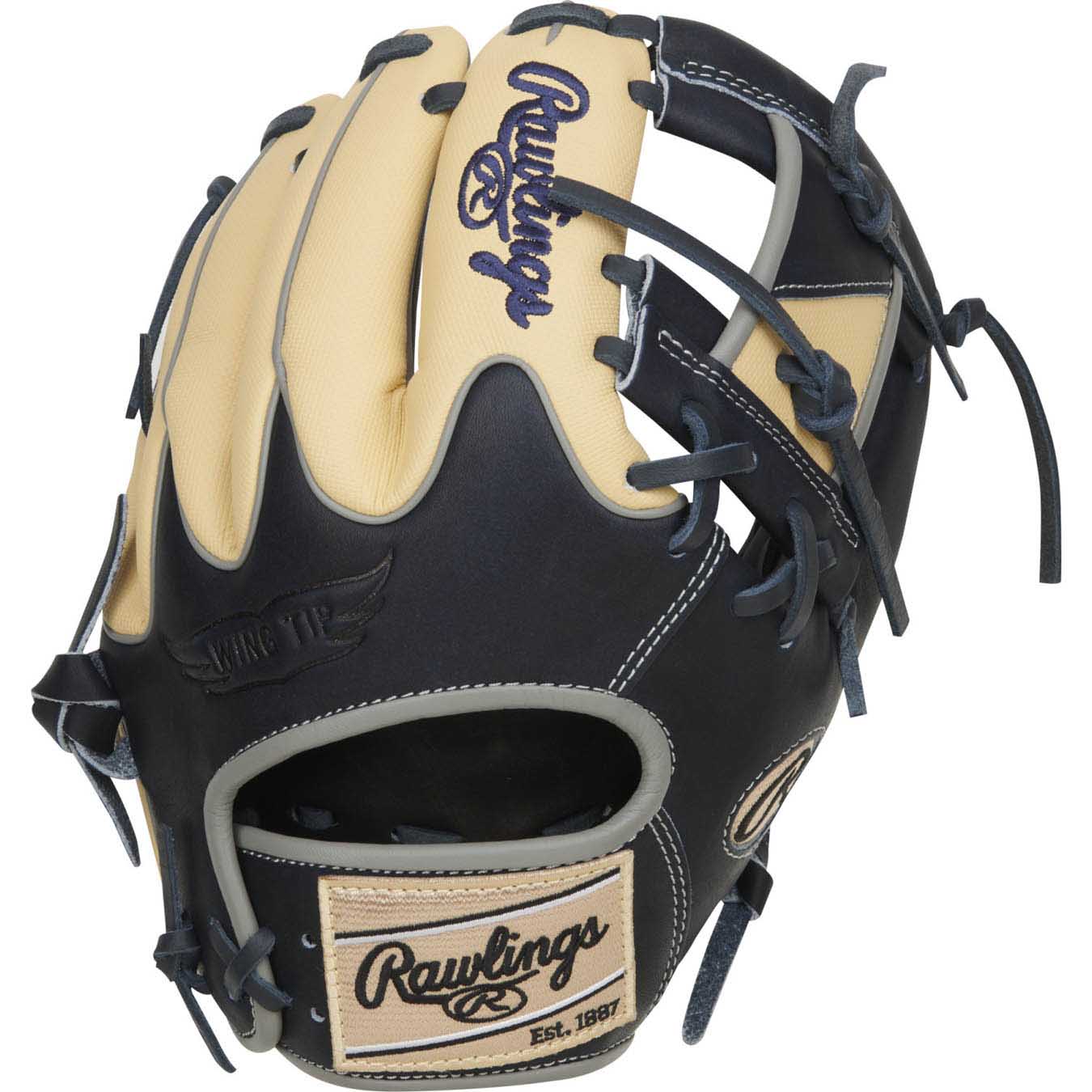
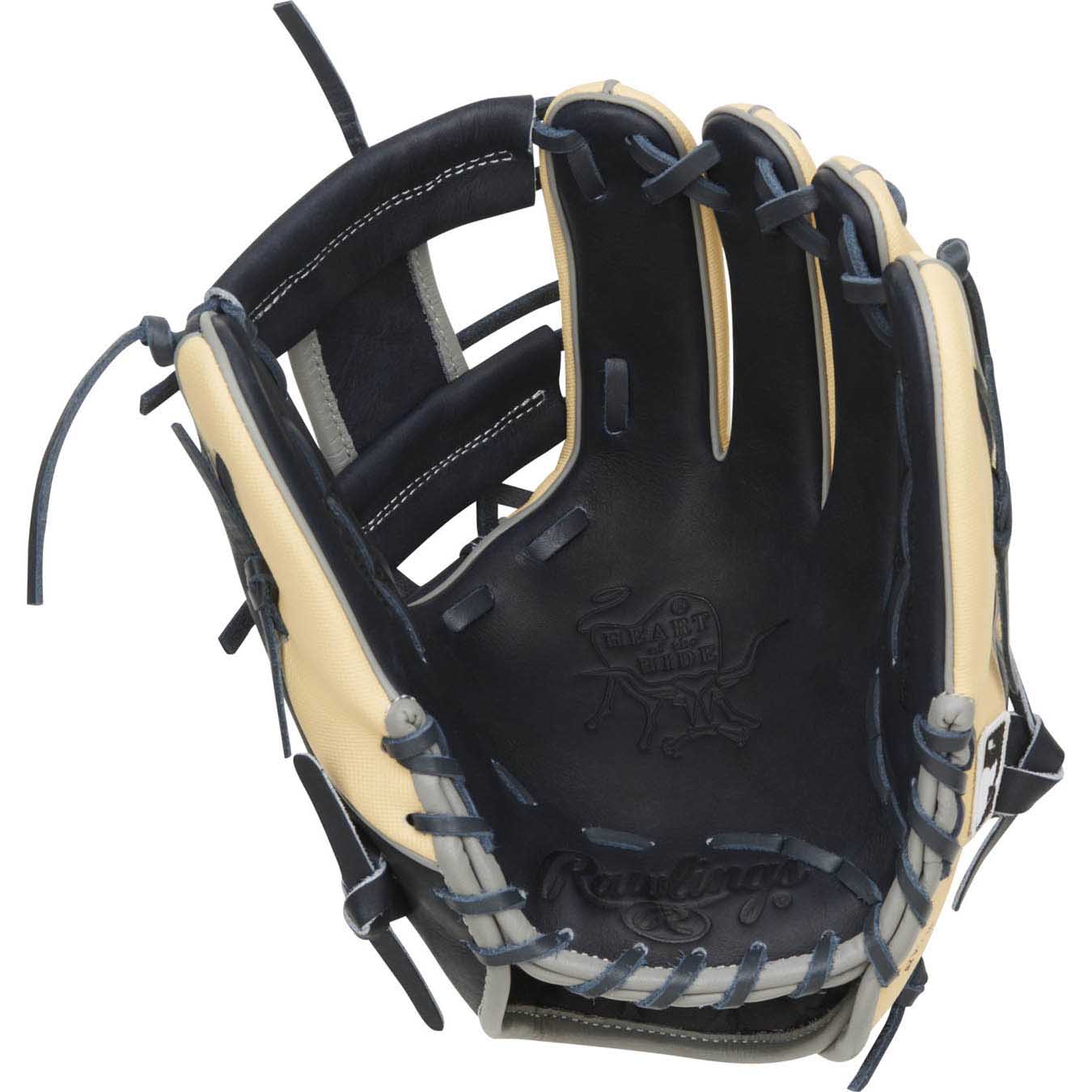
Rawlings Heart of the Hide ColorSync 8.0 RPRO204W-2XNSS 11.5"-RHT
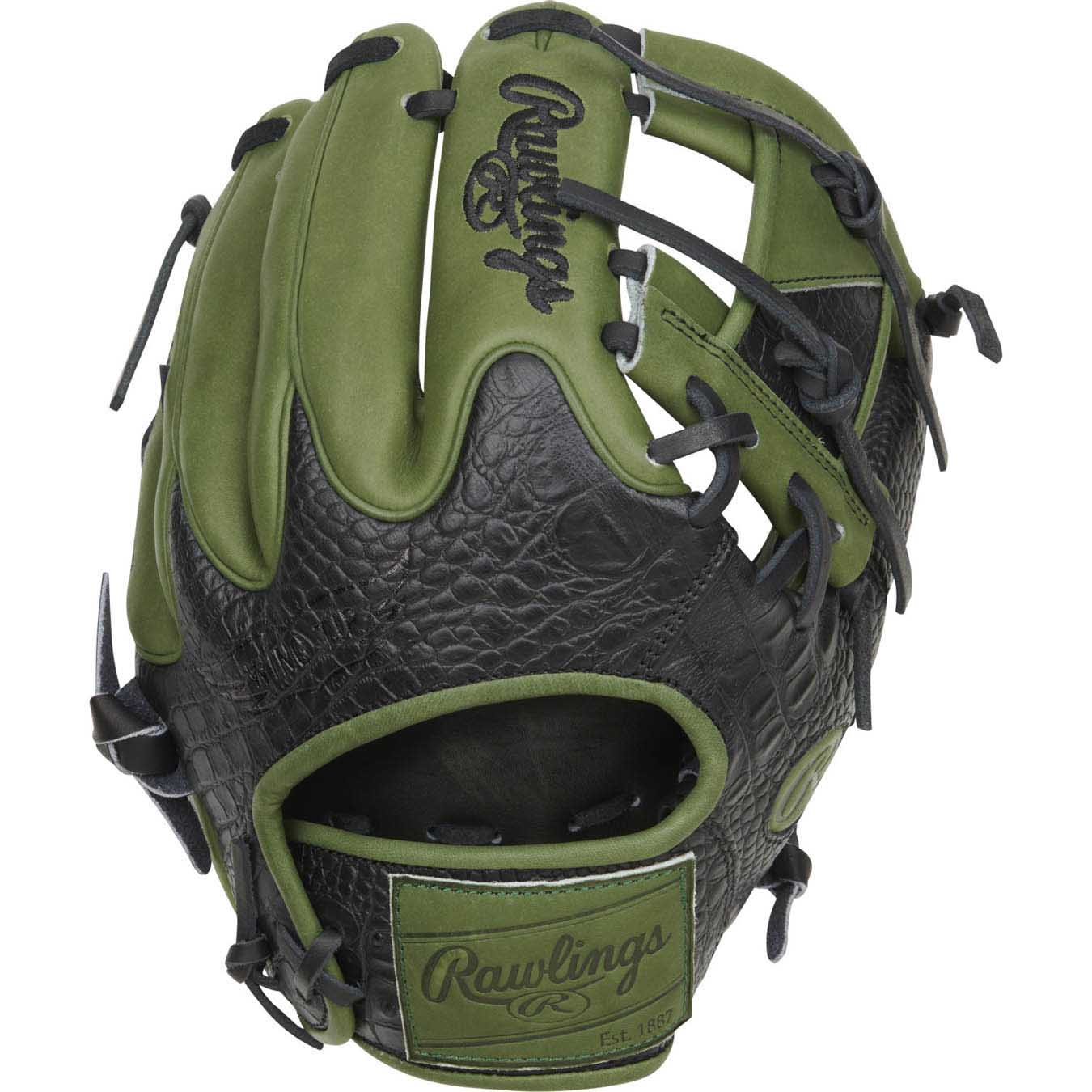
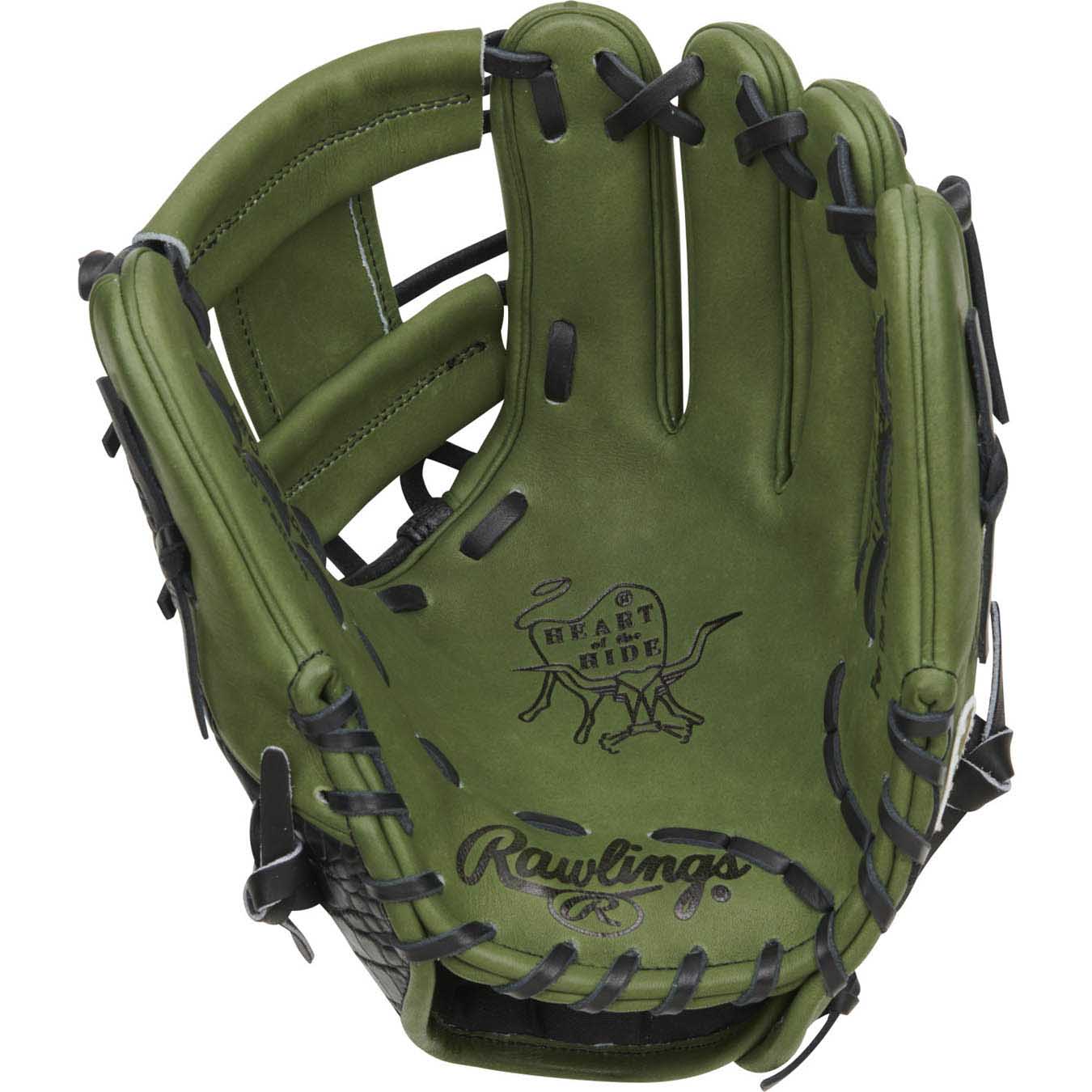
Rawlings Heart of the Hide ColorSync 8.0 RPRO204W-2XMG 11.5"-RHT
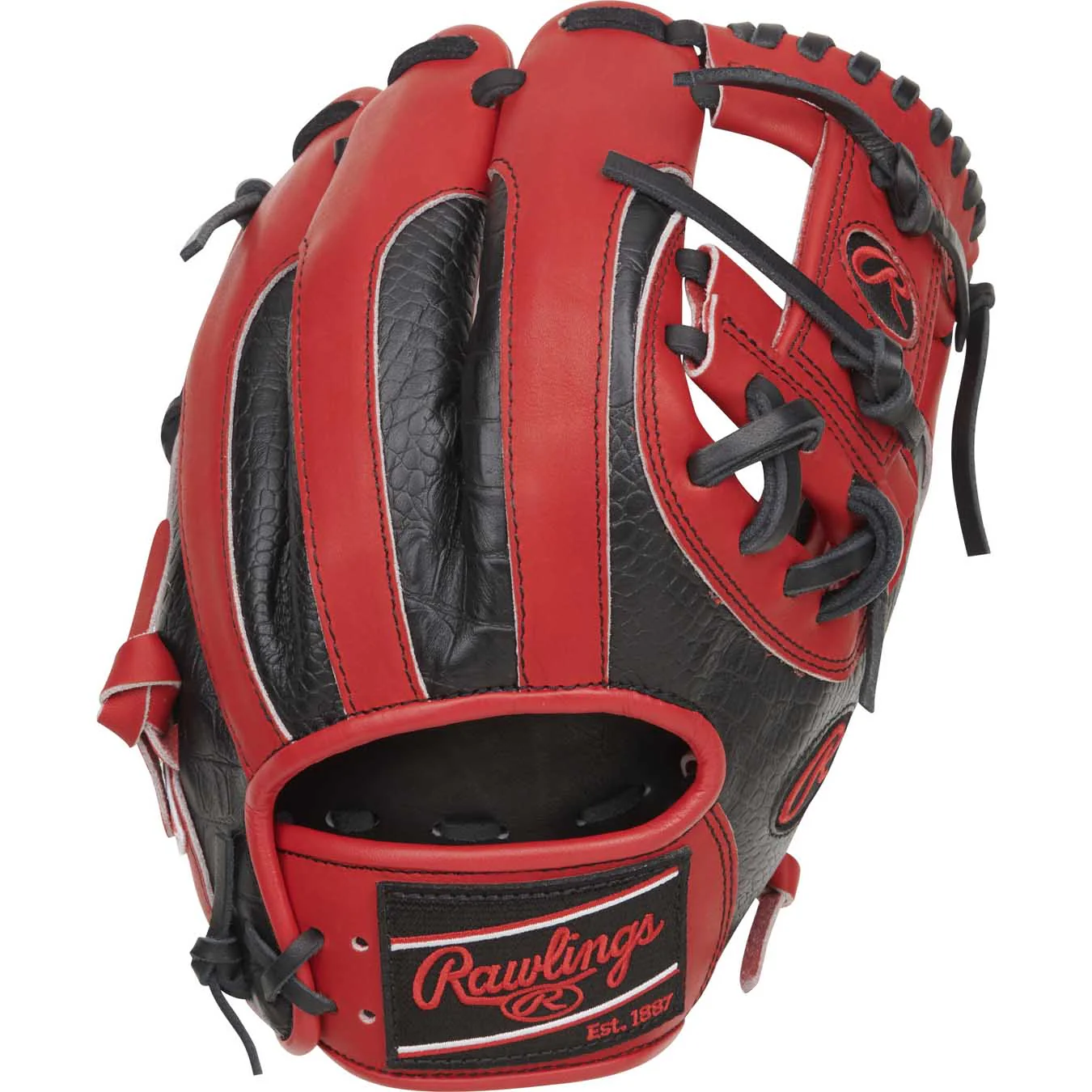
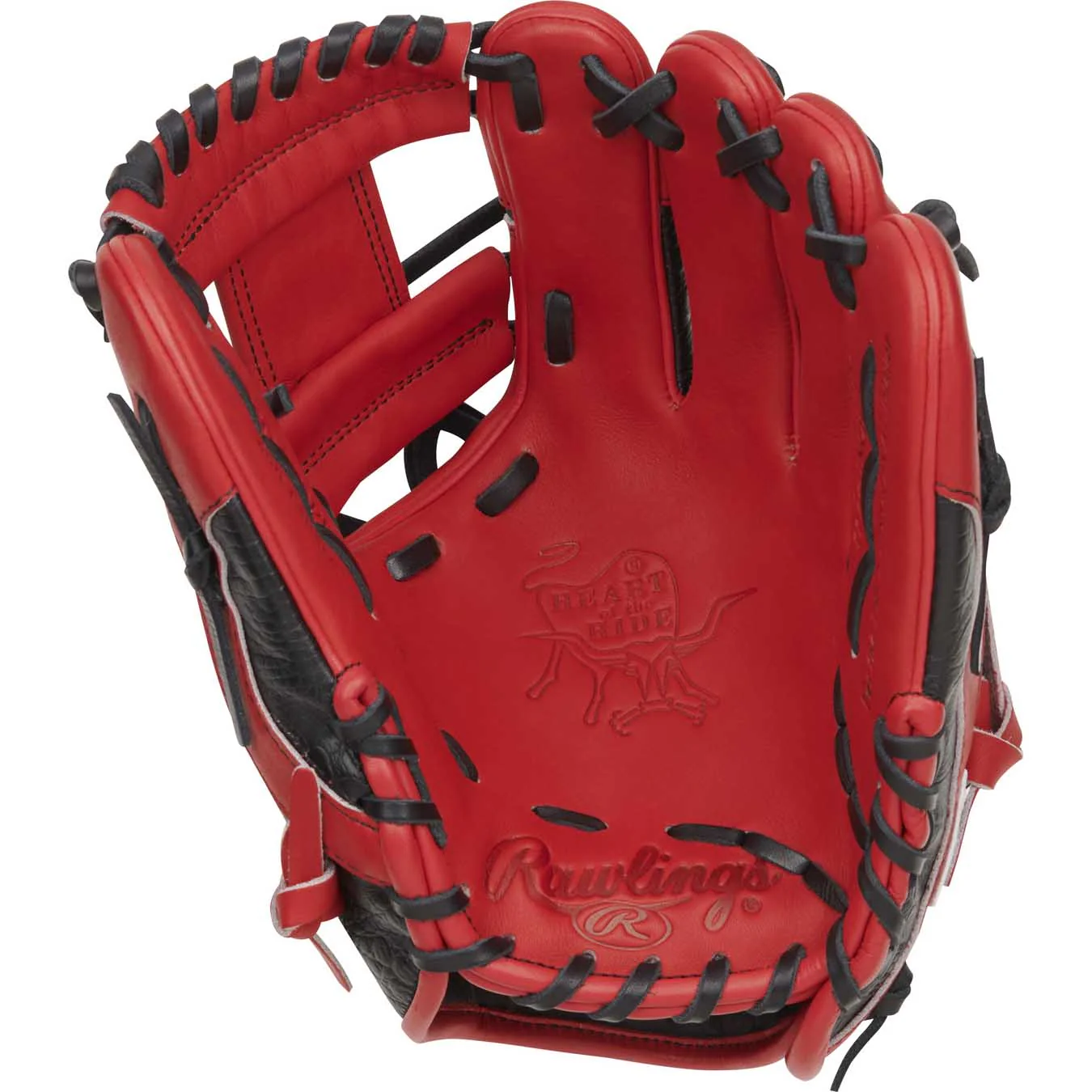
Rawlings Heart of the Hide ColorSync 8.0 RPRO204-2SBC 11.5"-RHT

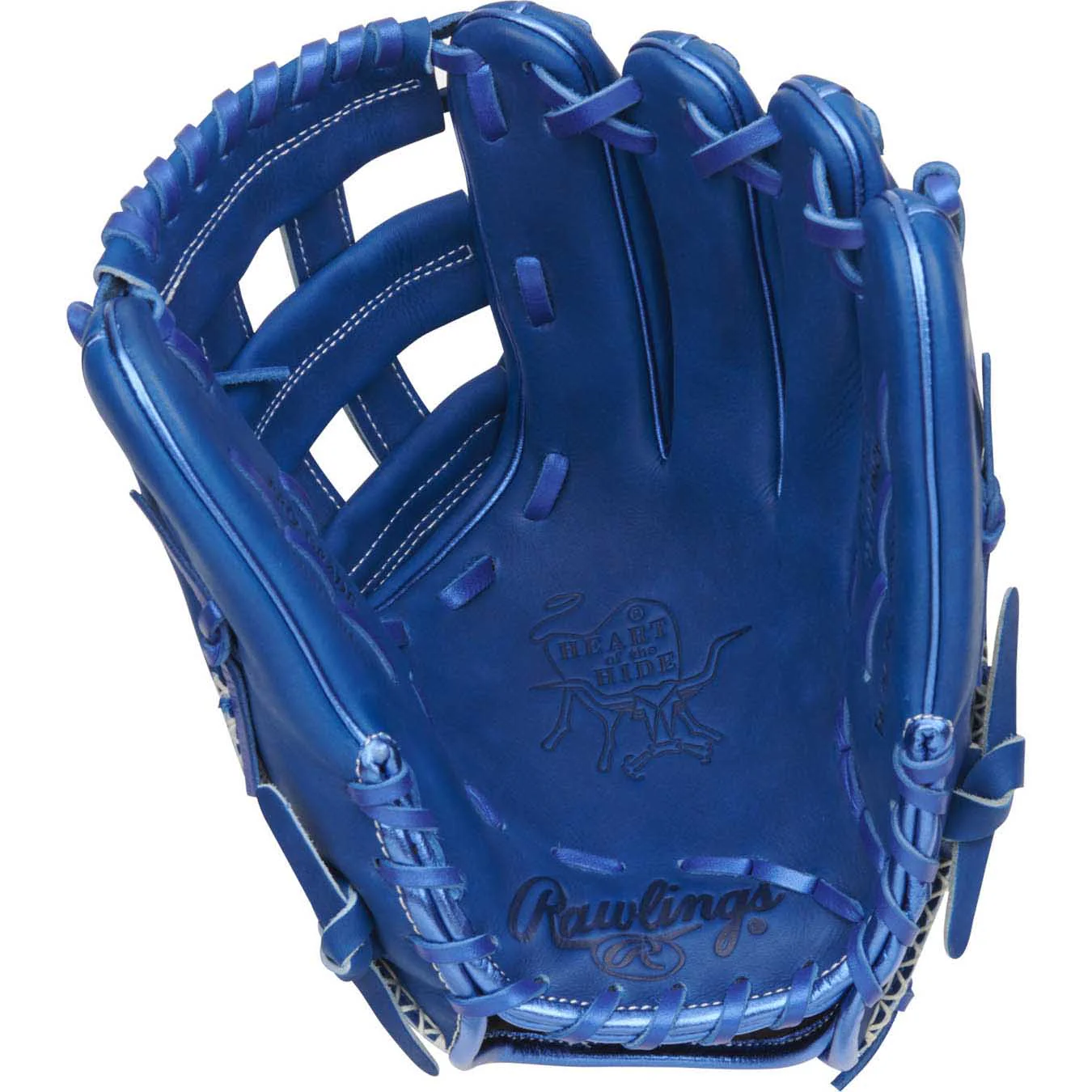
Rawlings Heart of the Hide ColorSync 8.0 RPROKB17R 12.25"-RHT
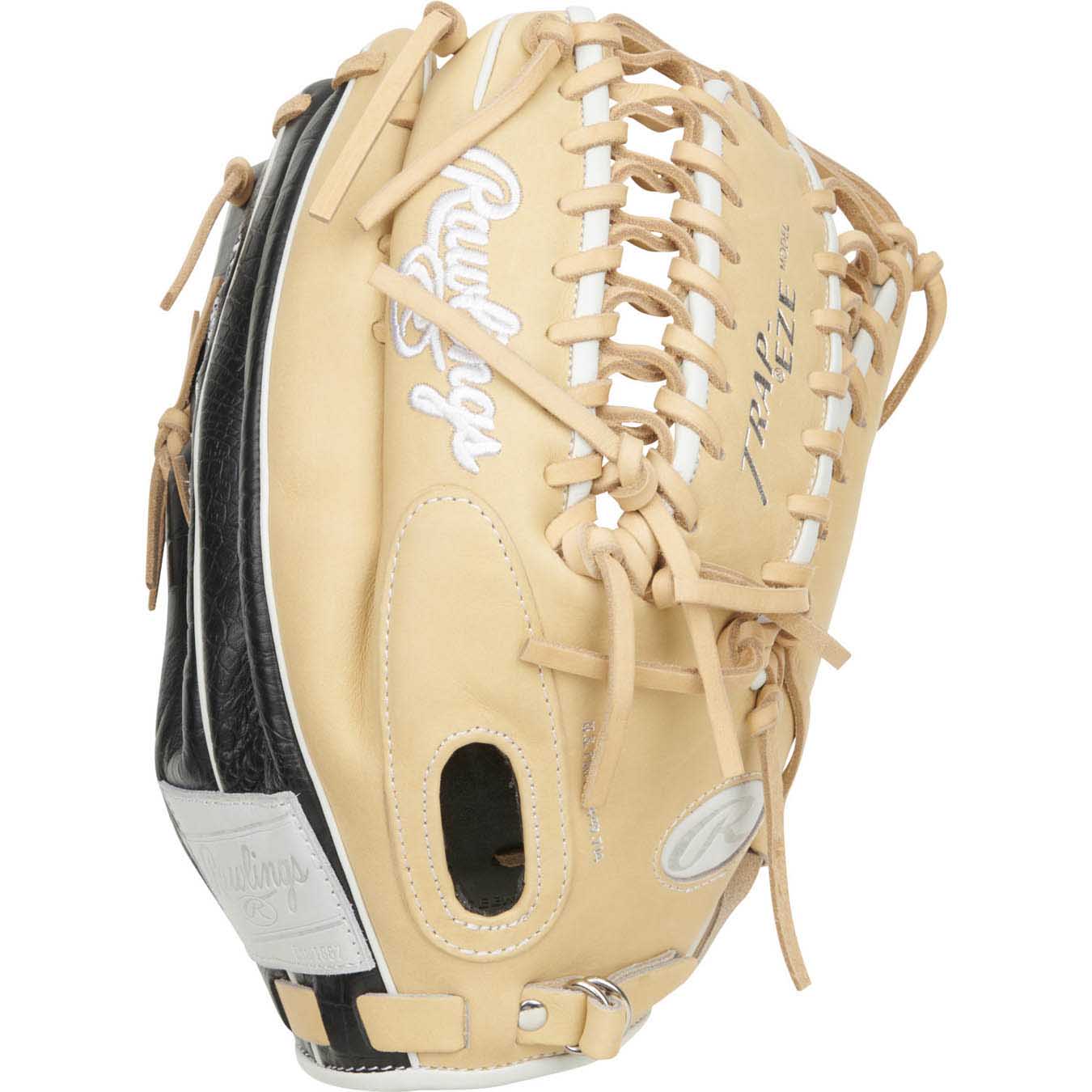
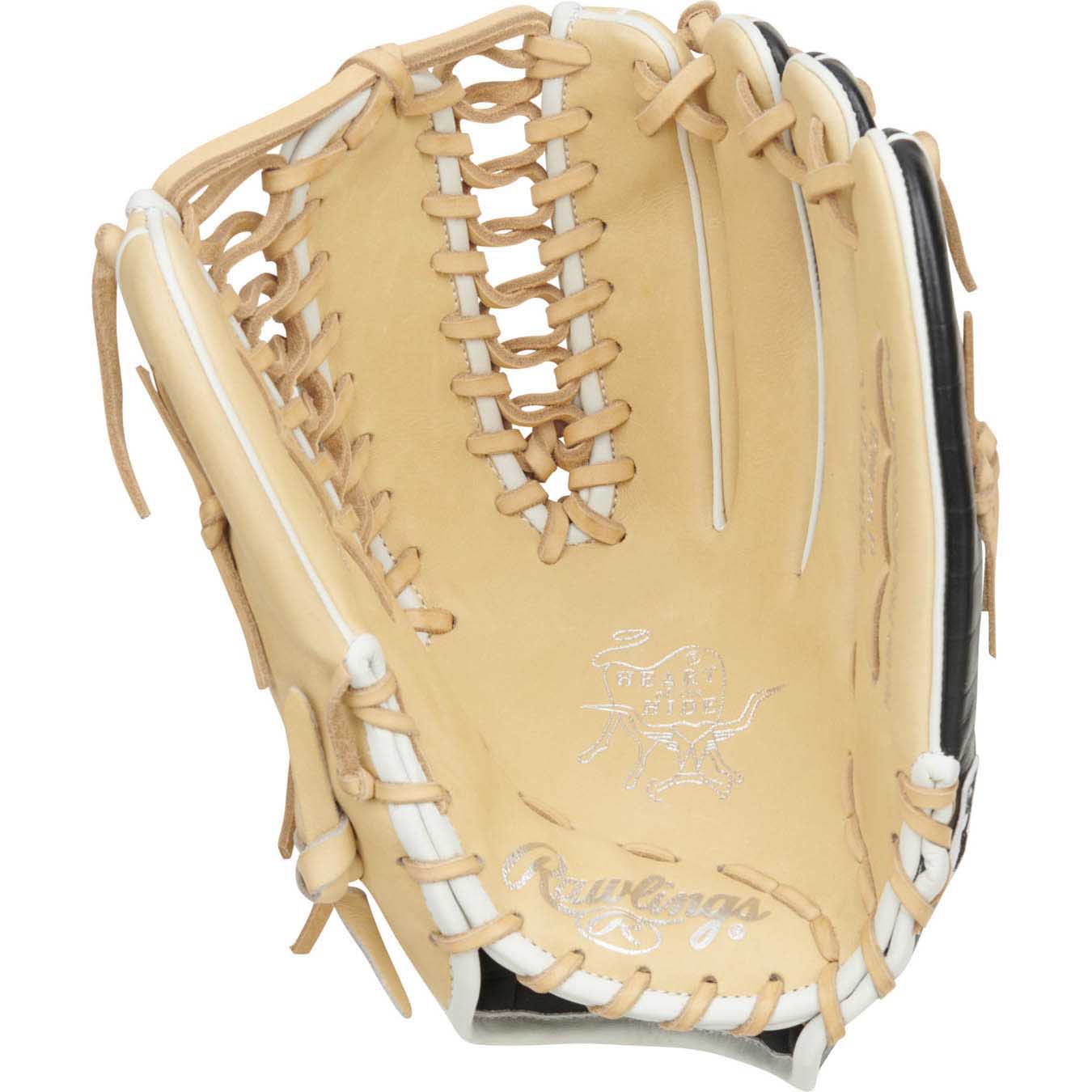
Rawlings Heart of the Hide ColorSync 8.0 RPROMT27CC 12.75"-RHT
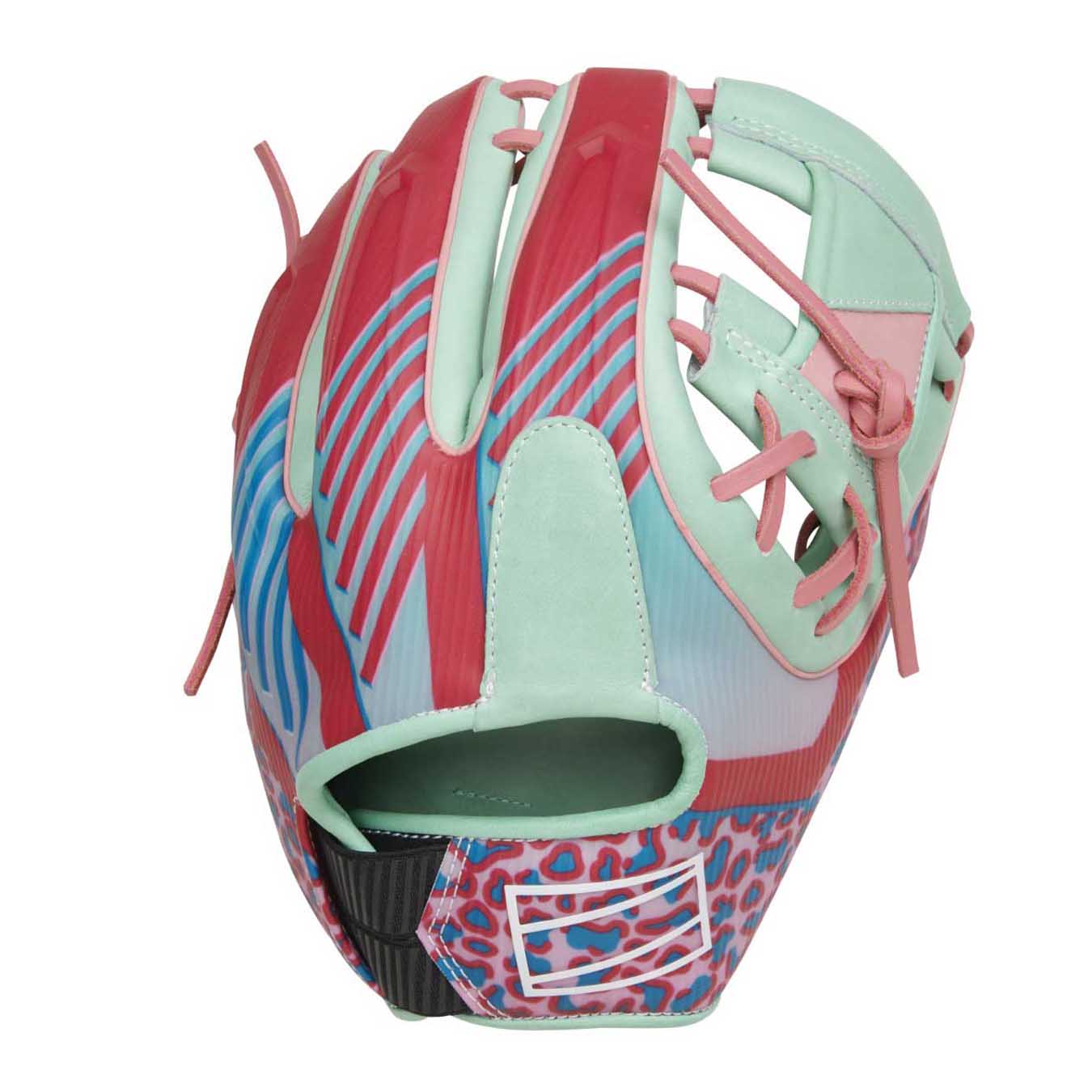
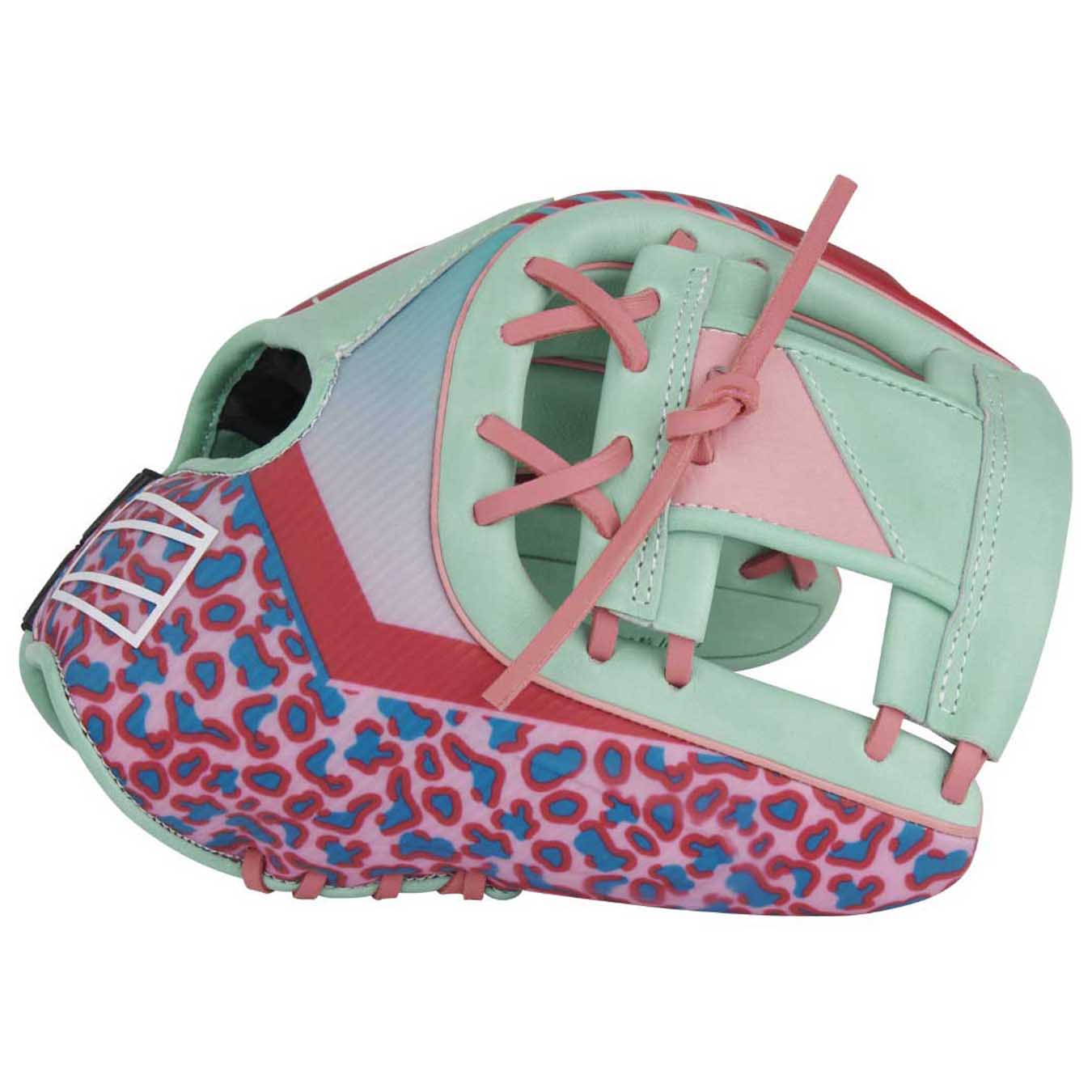
Rawlings REV1X ColorSync 8.0 RREV205-2XM 11.75"-RHT
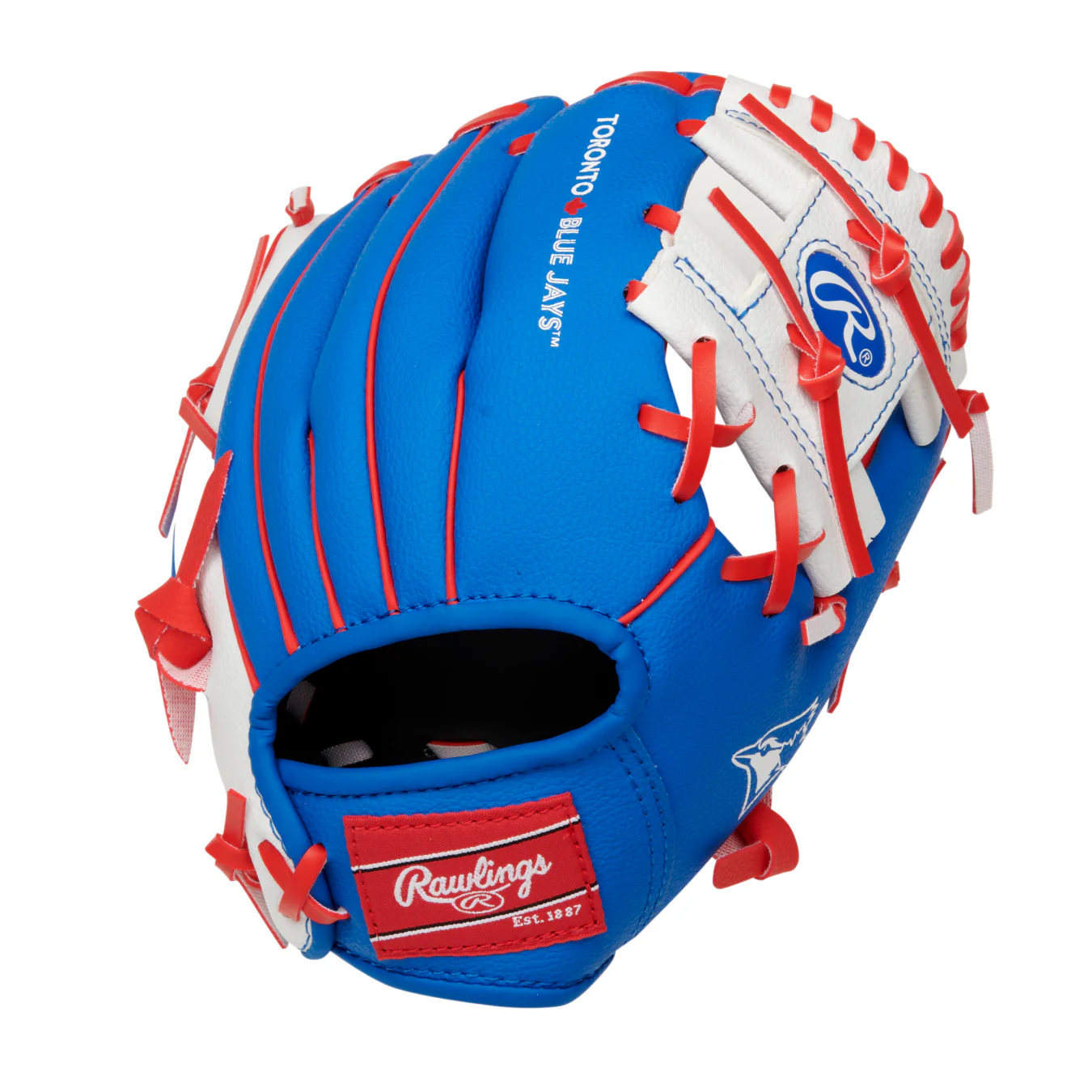
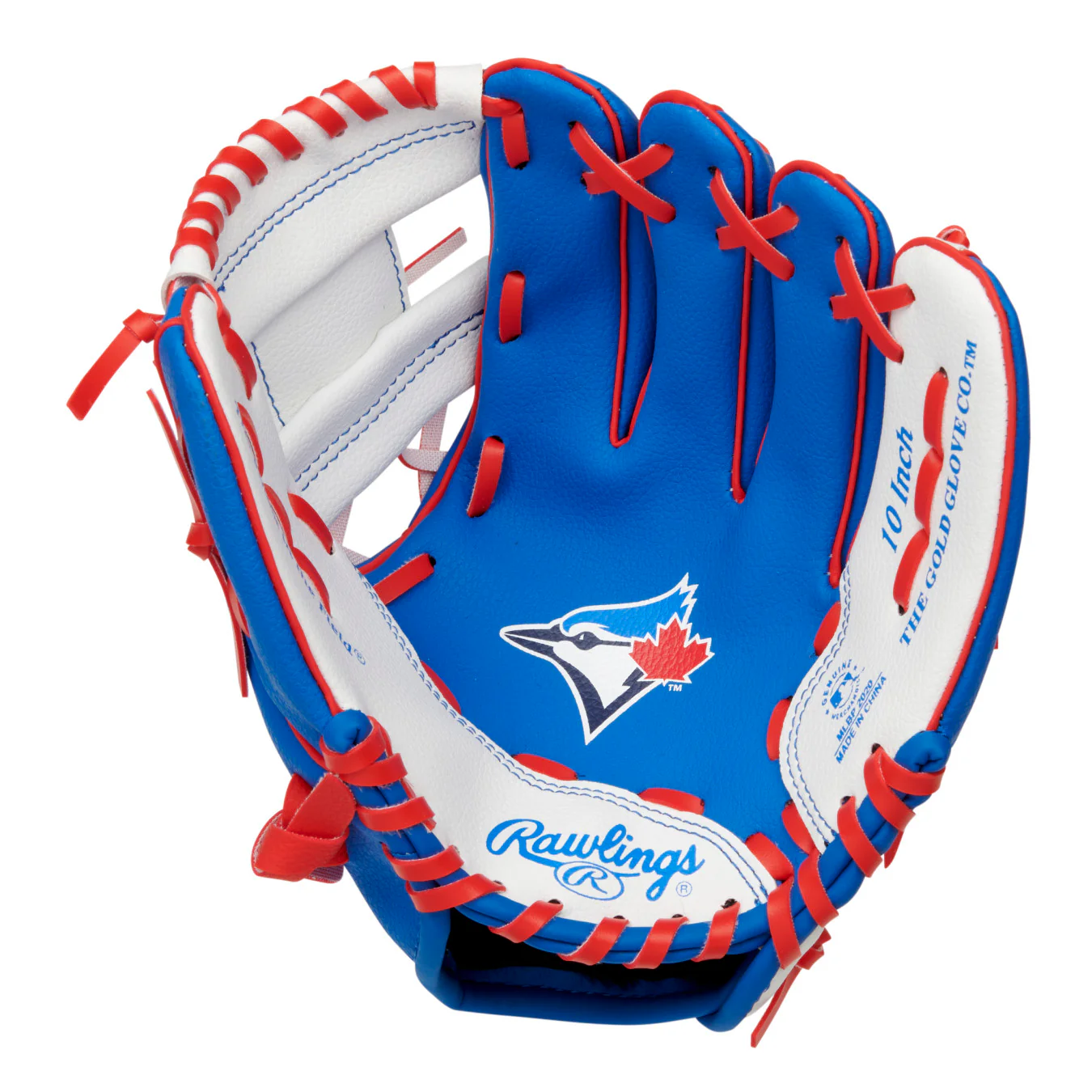
Rawlings MLB Team Logo Glove Blue Jays 10"-LHT
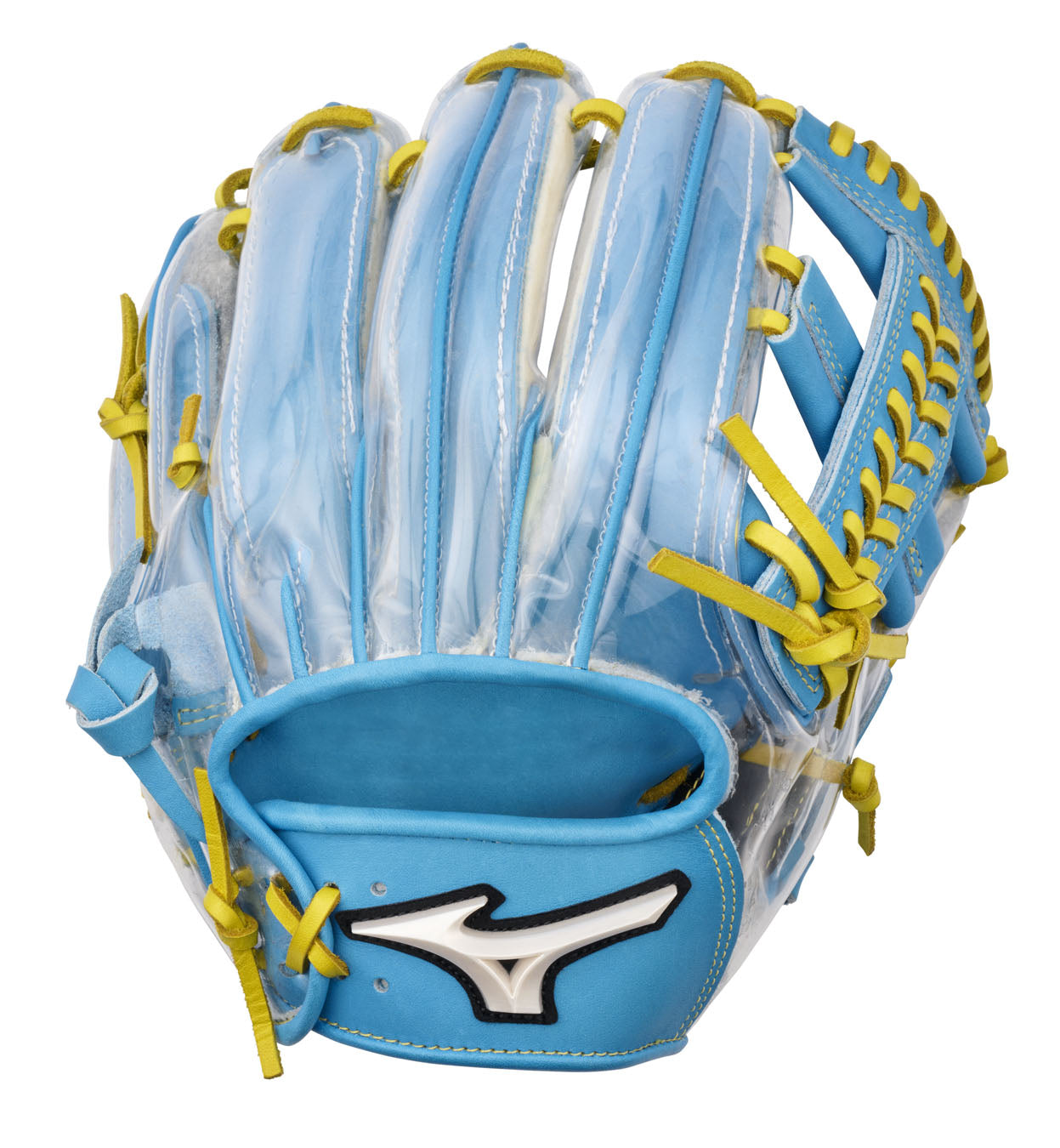
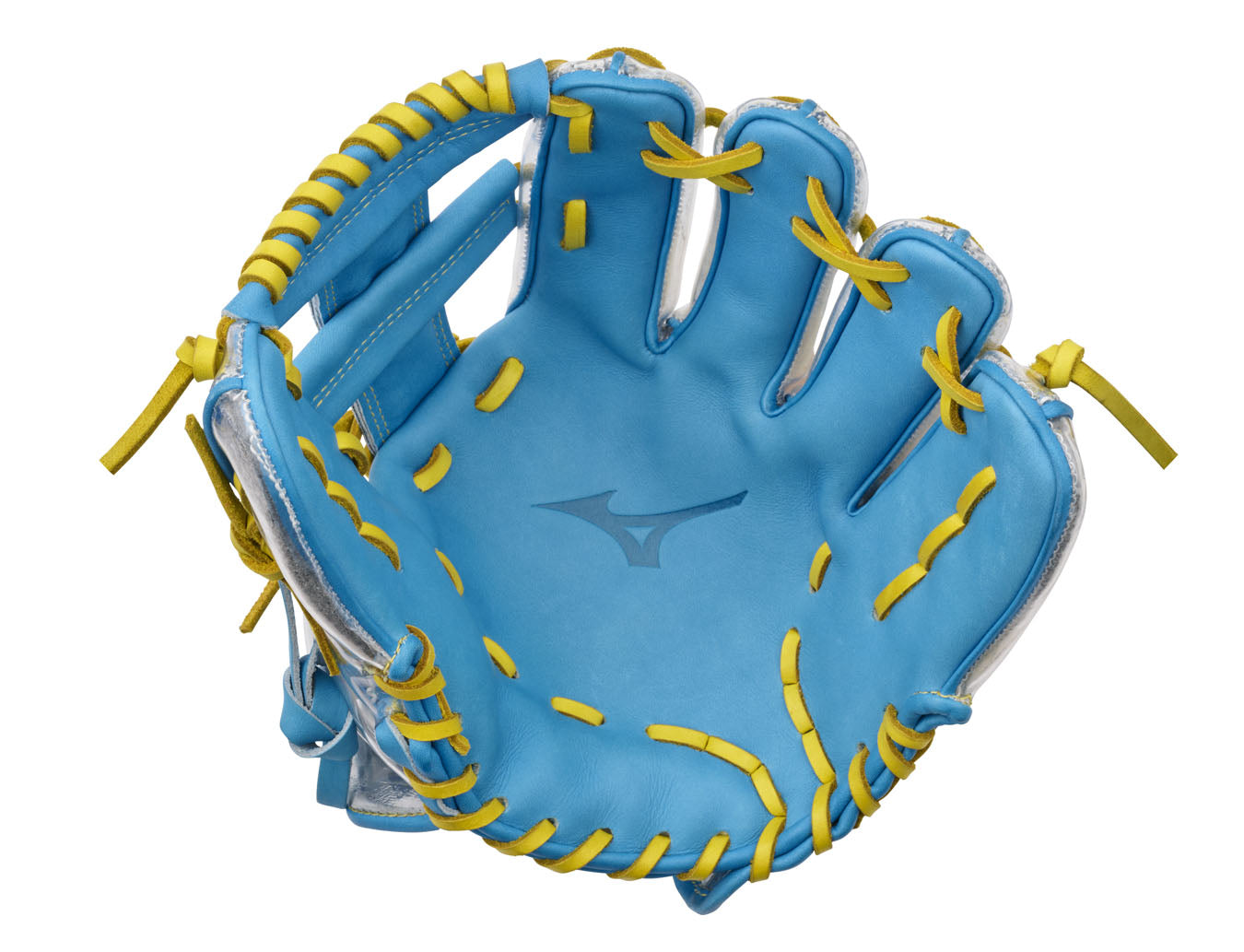
Mizuno Original Clear 11.5"-RHT
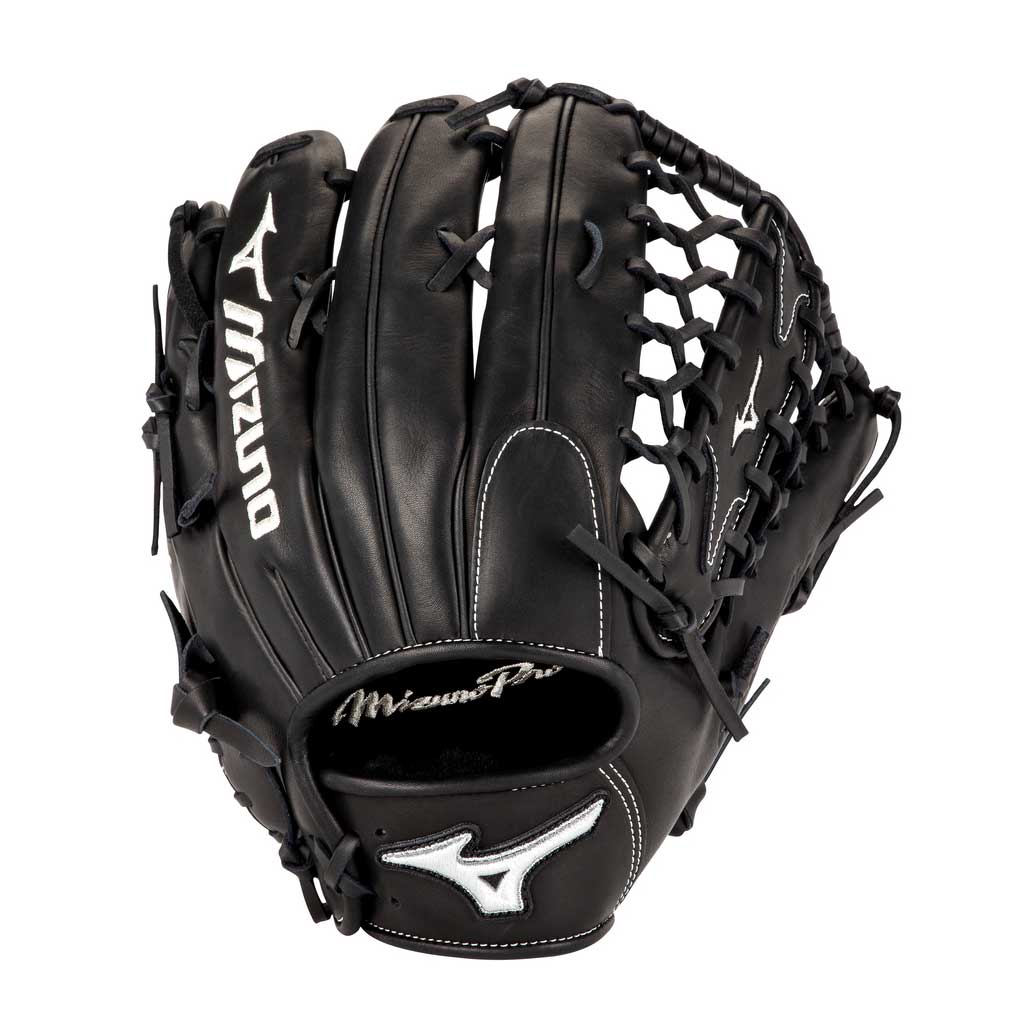
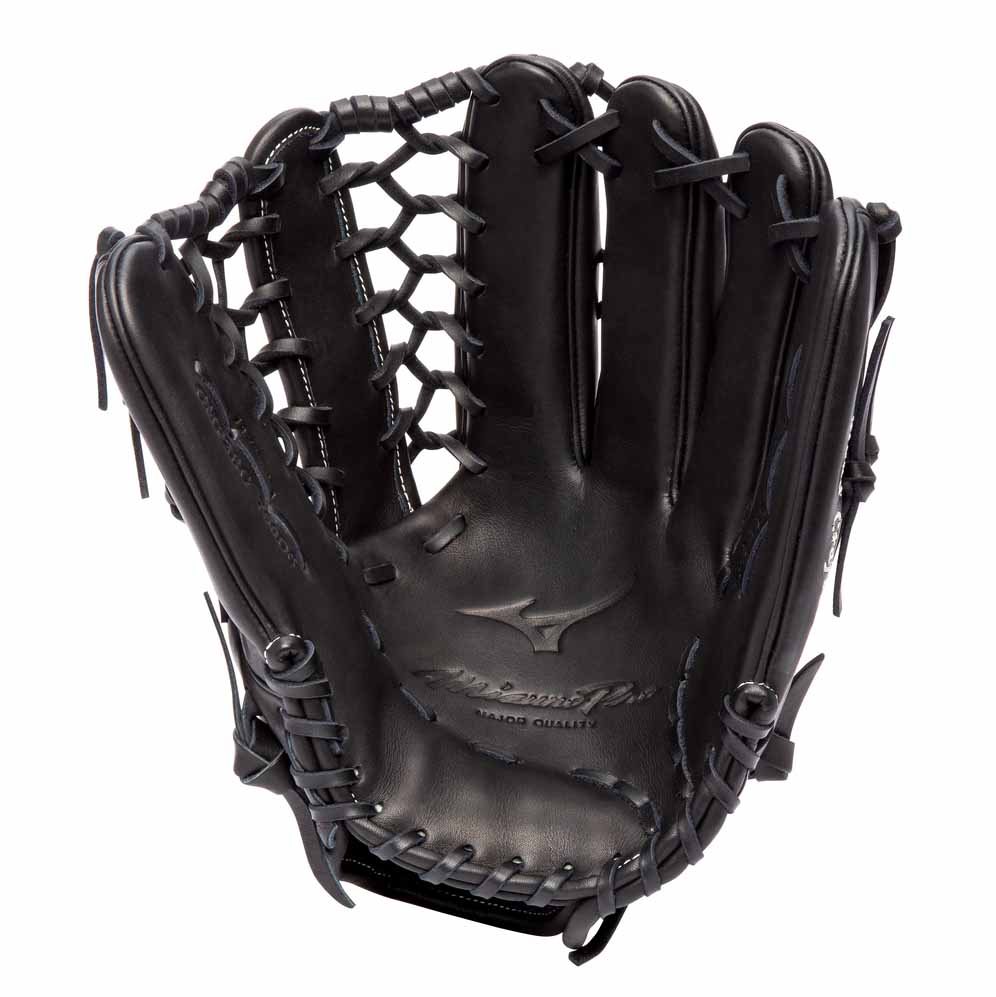
Mizuno Pro GMP2BG-700DS 12.75"


Mizuno Pro Select GPS2-100D2 12"
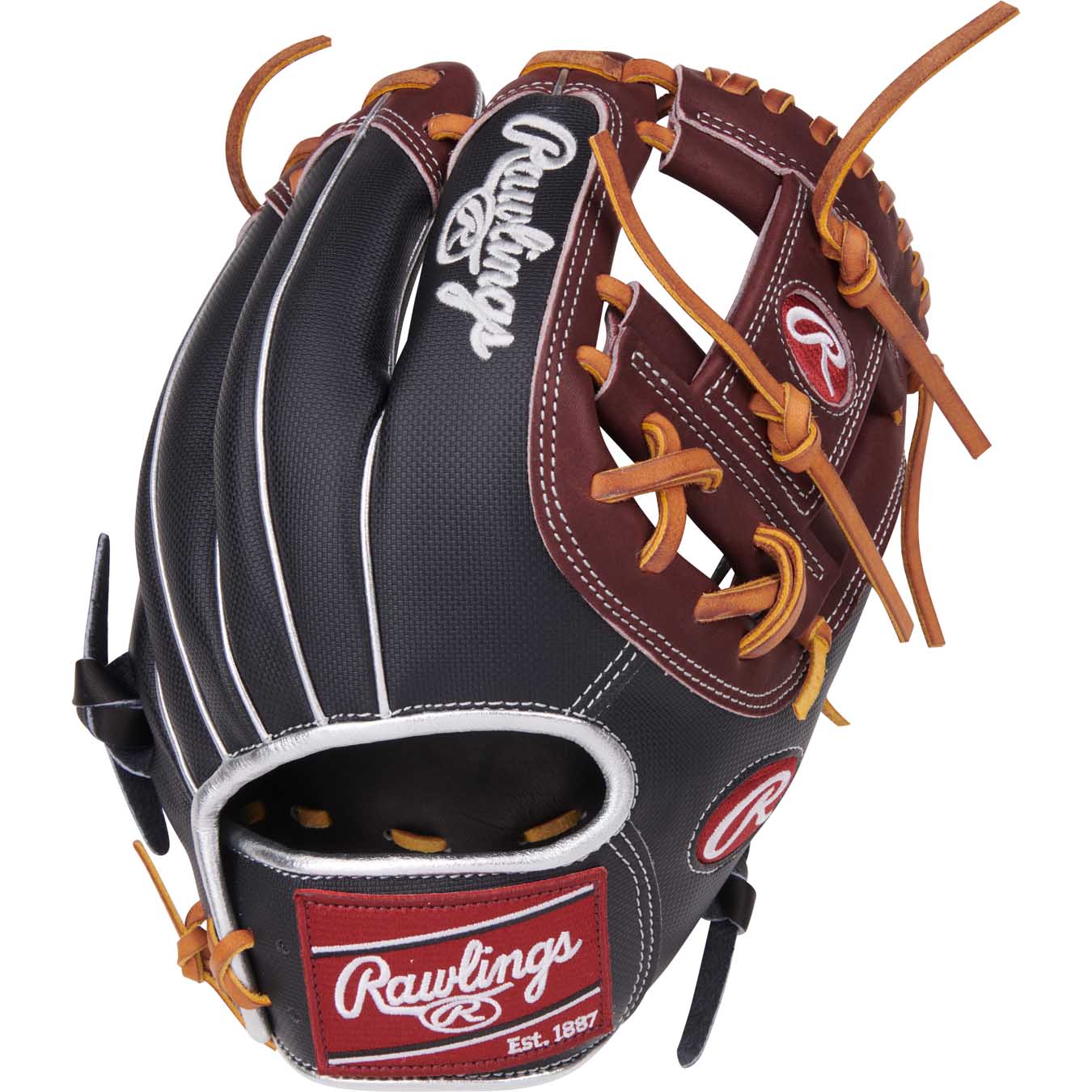
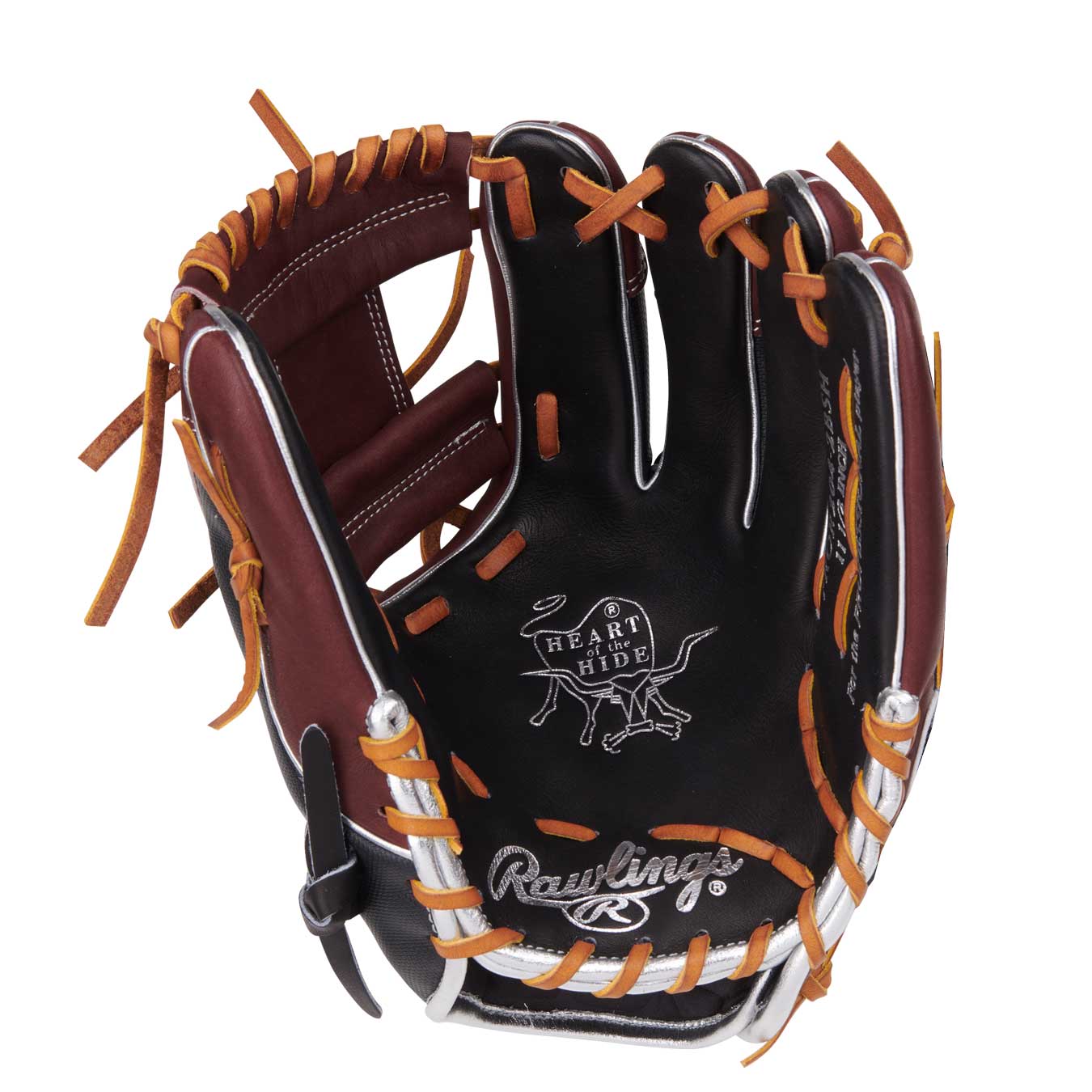
Rawlings Heart of the Hide PROR204-2BSH 11.5"-RHT (March GGC 2024)
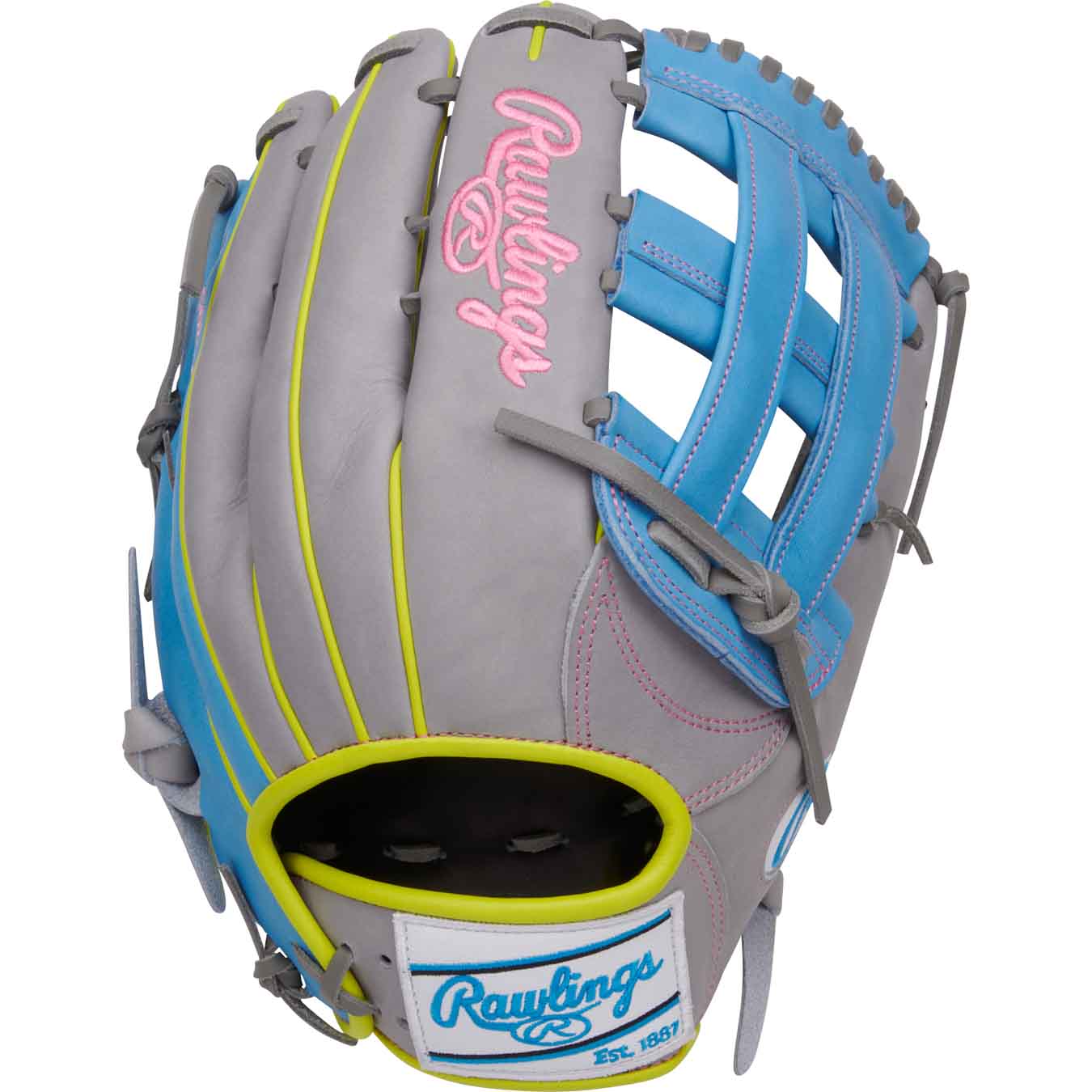
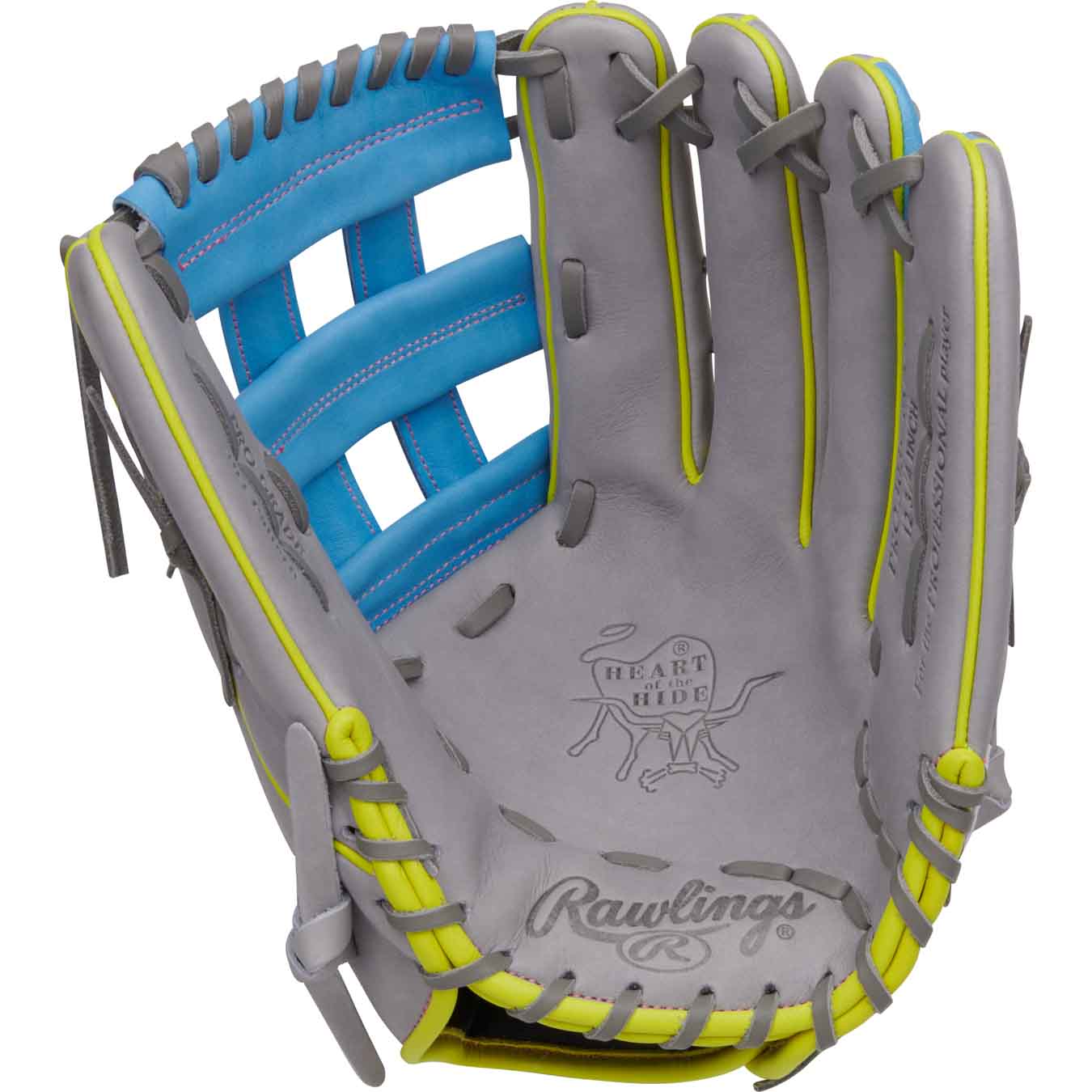
Rawlings Heart of the Hide PRO3039-6GCB 12.75"-RHT (February GGC 2024)
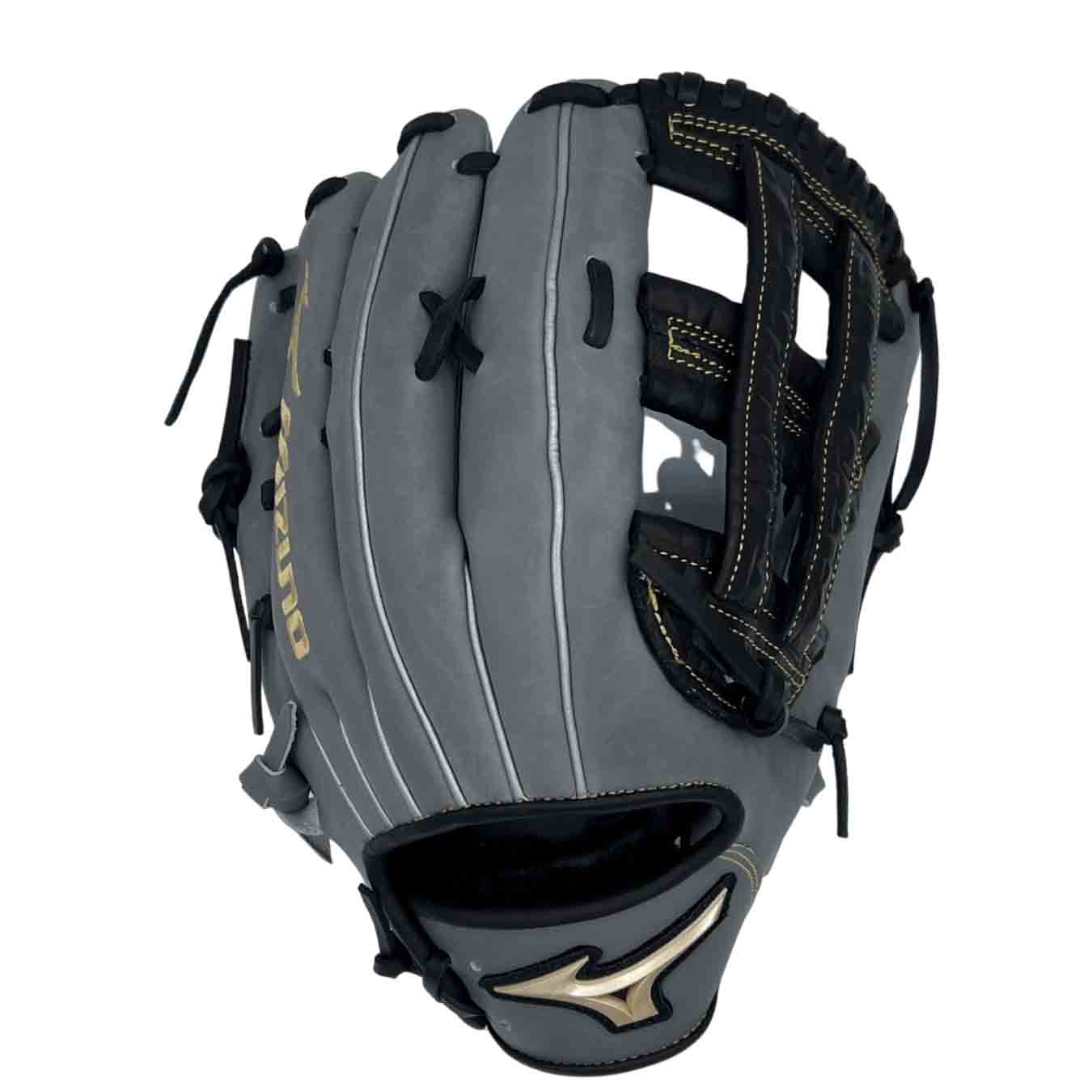
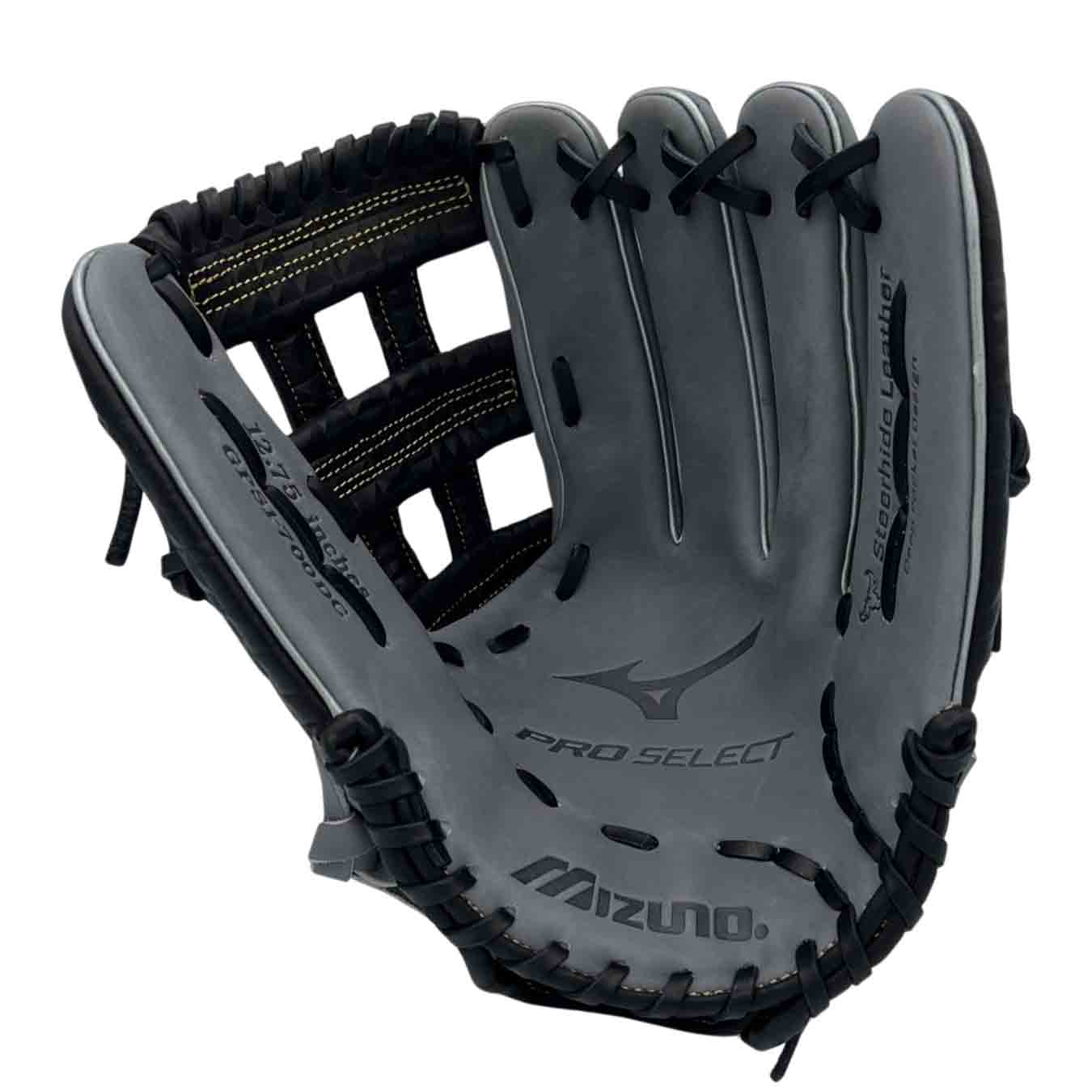
Mizuno Pro Select GPS1-700DC "Summit" 12.75"-RHT


Mizuno Prospect Select GPSL1201T 12"
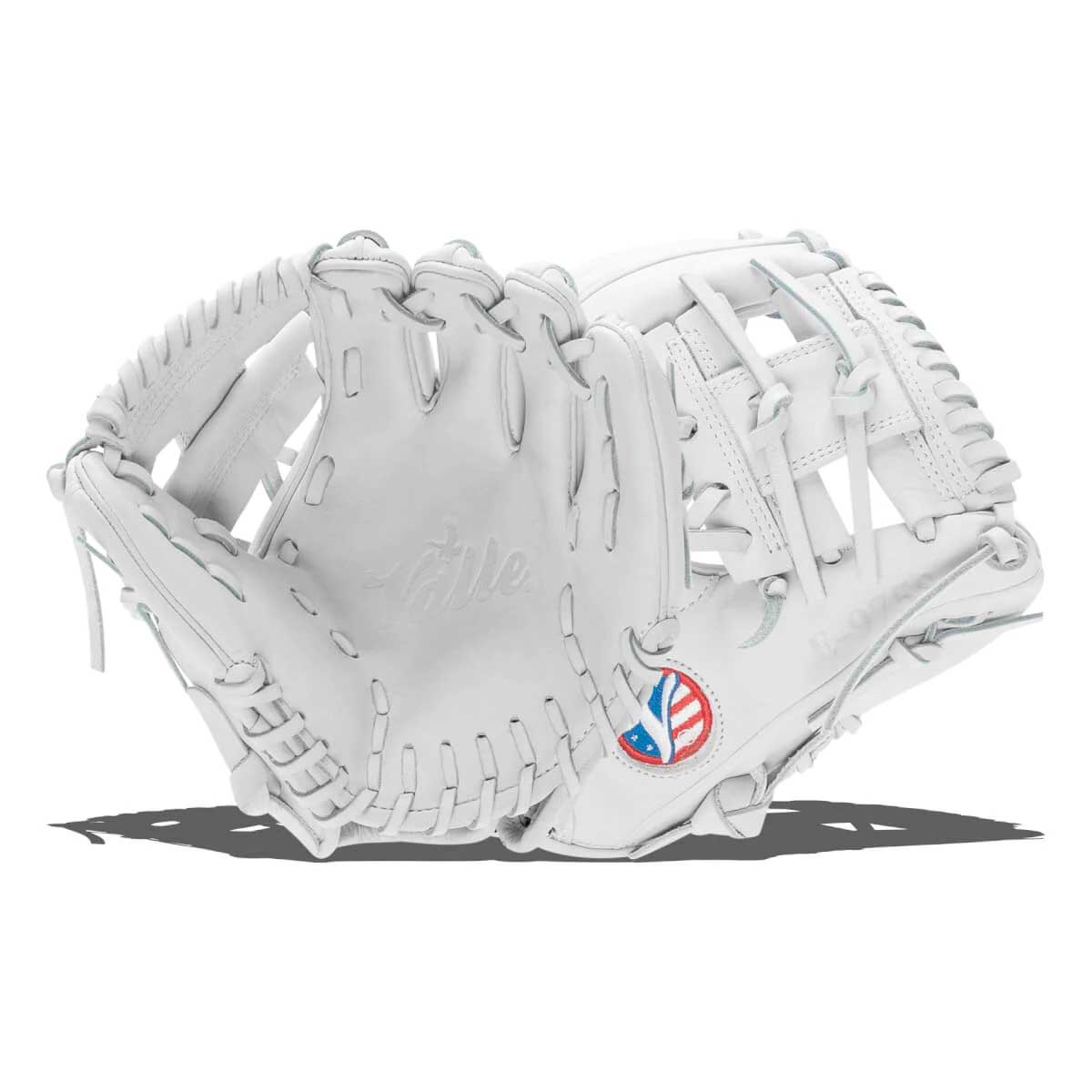
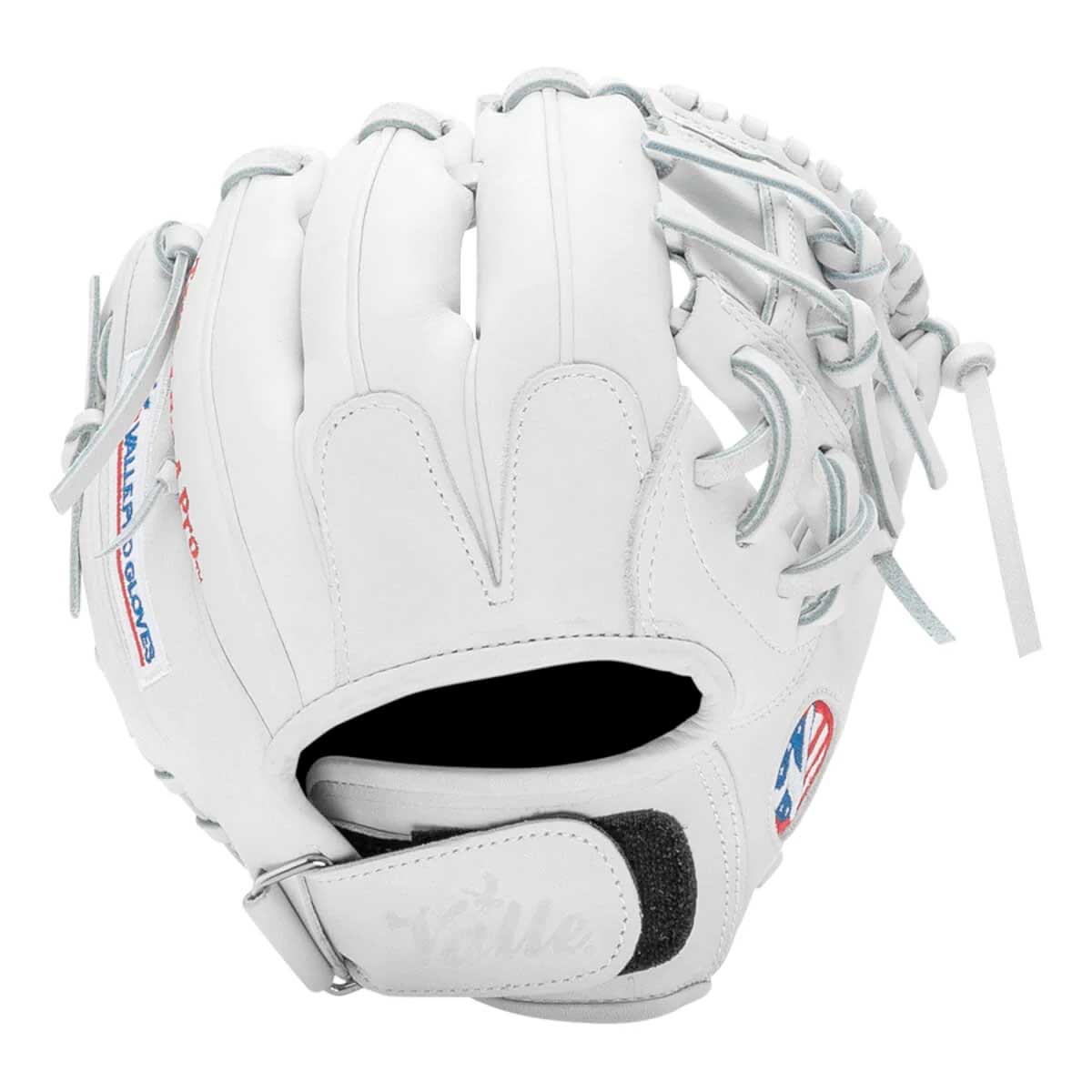
Valle Eagle 975S Training Glove

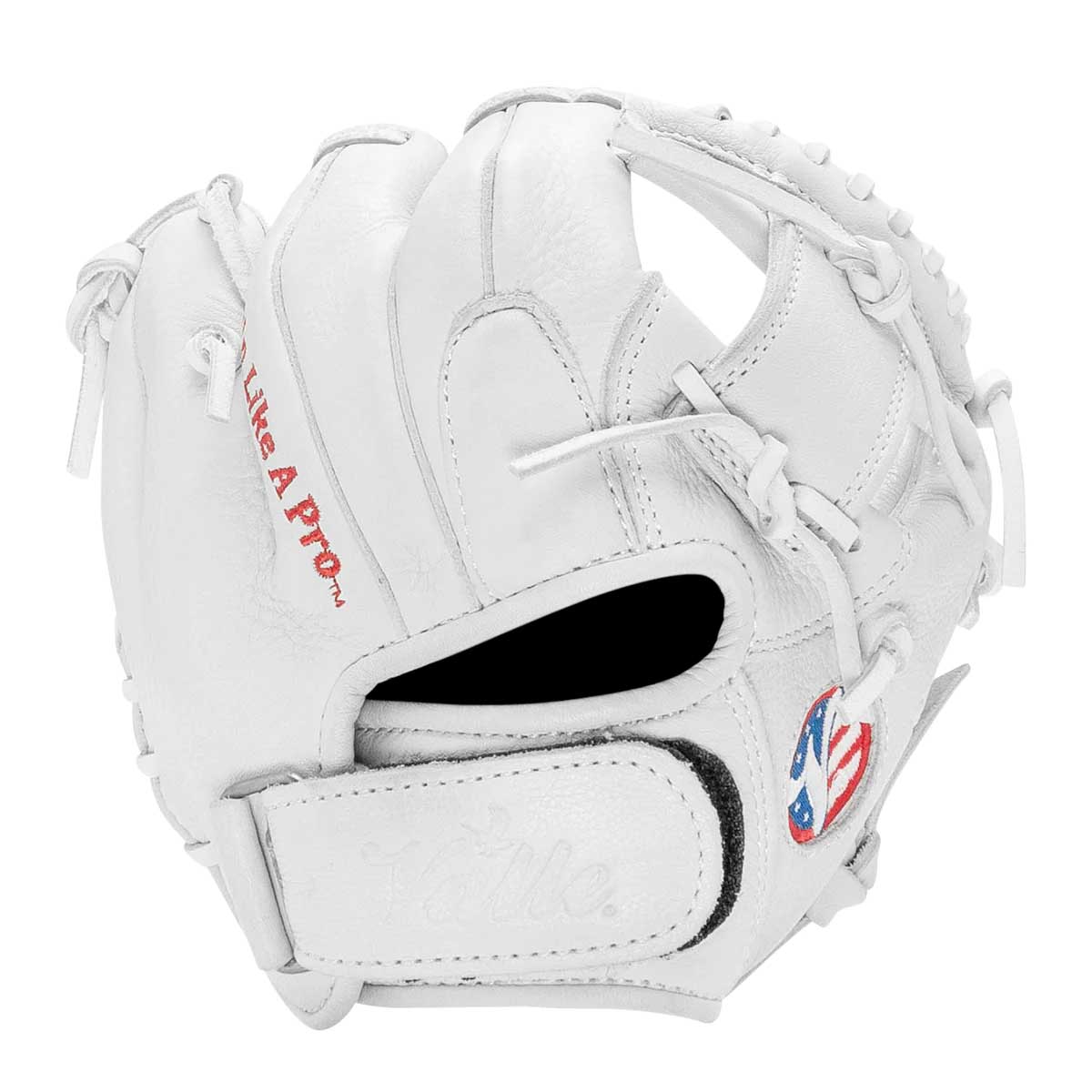
Valle Eagle K47 Training Glove
Choose from the best selection of Baseball Gloves in Canada
Choose from the best selection of Baseball Gloves in Canada and find your fit with our guidlines here 'Choosing the Right Baseball Glove or Softball Glove '
With top brands from Rawlings, Worth, Miken, Wilson, Easton, Marucci, Louisville Slugger, All-Star, Nokona and more!
Rawlings Heart of the Hide Gloves are among the most popular gloves for softball and baseball players. Made from pro-grade hide, these gloves offer top-of-the-line performance, as you’d expect from a classic brand like Rawlings.

